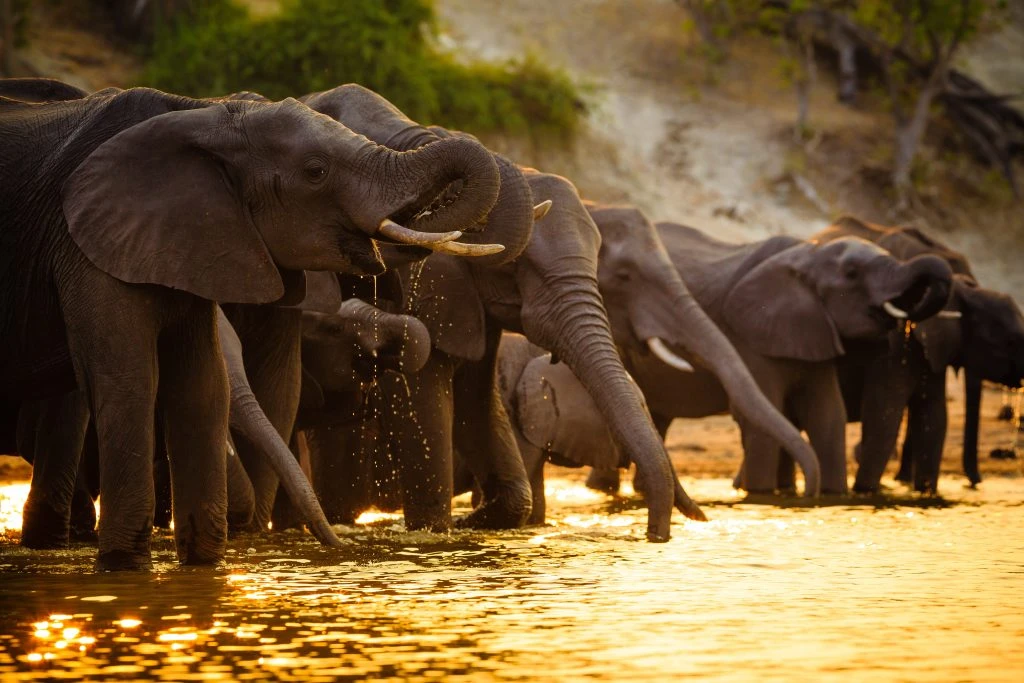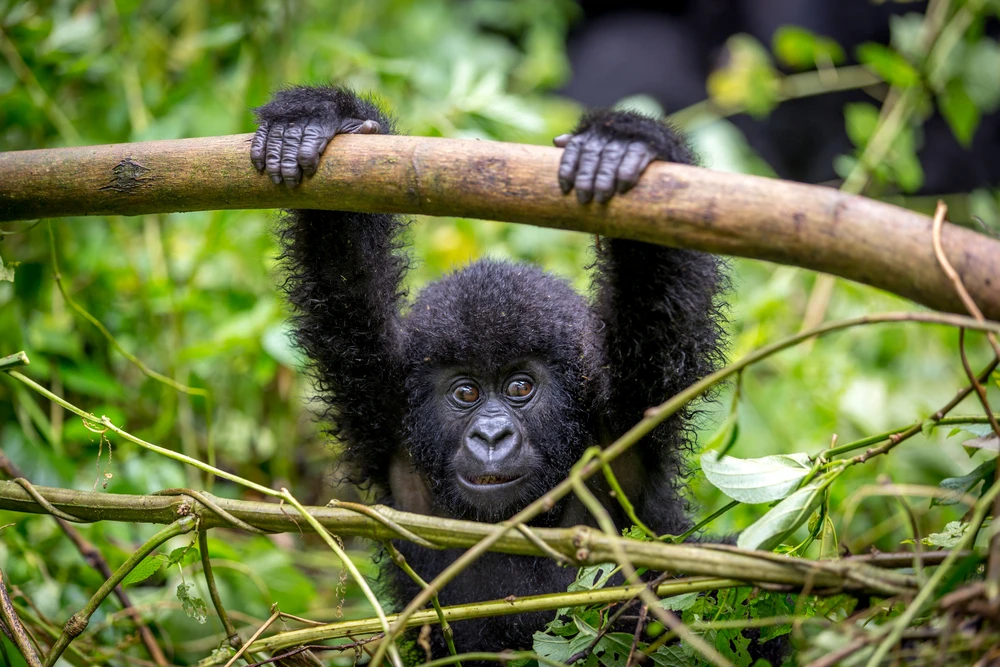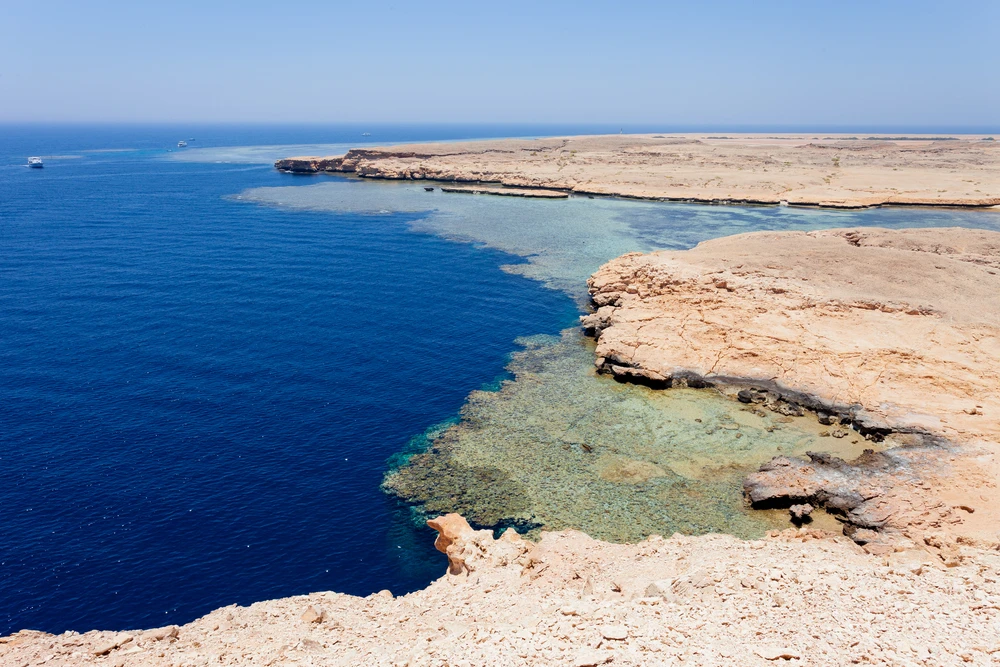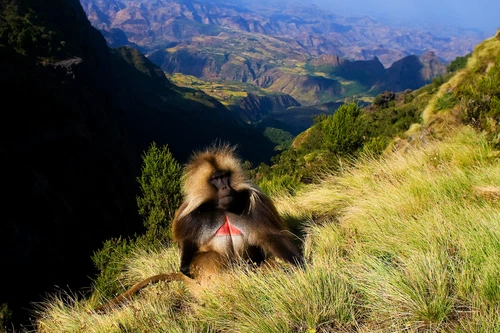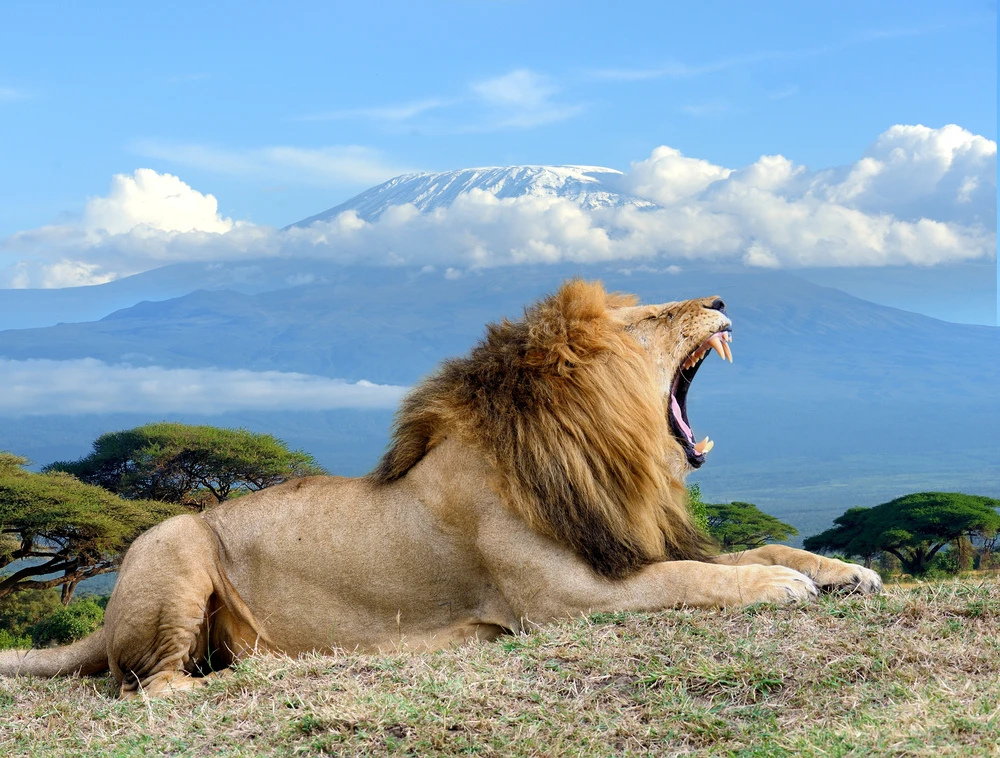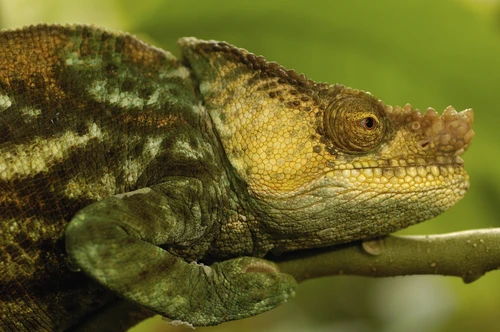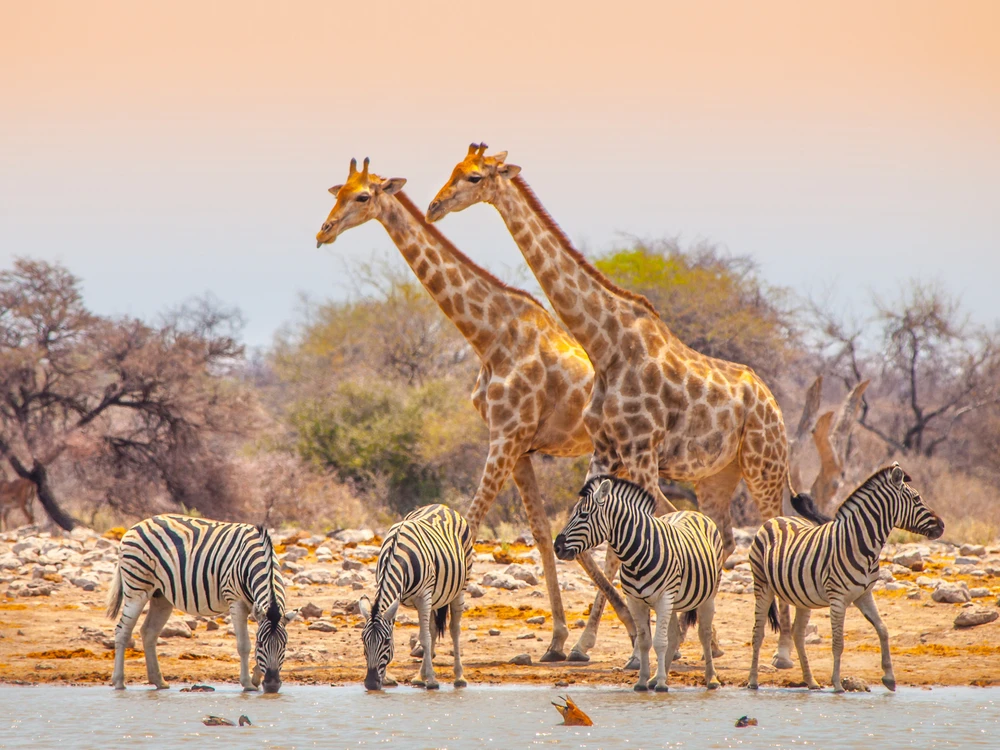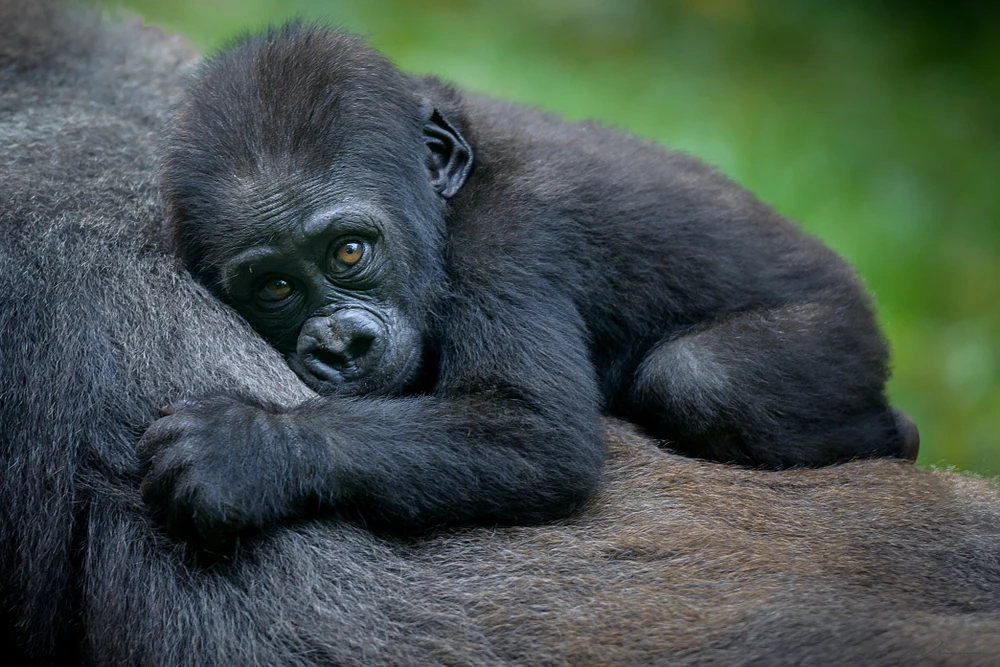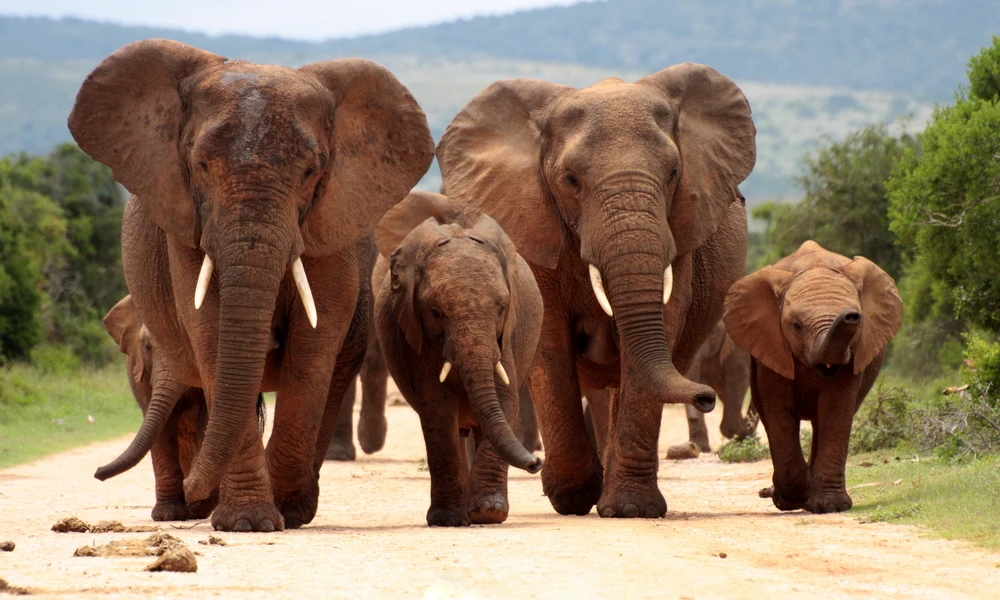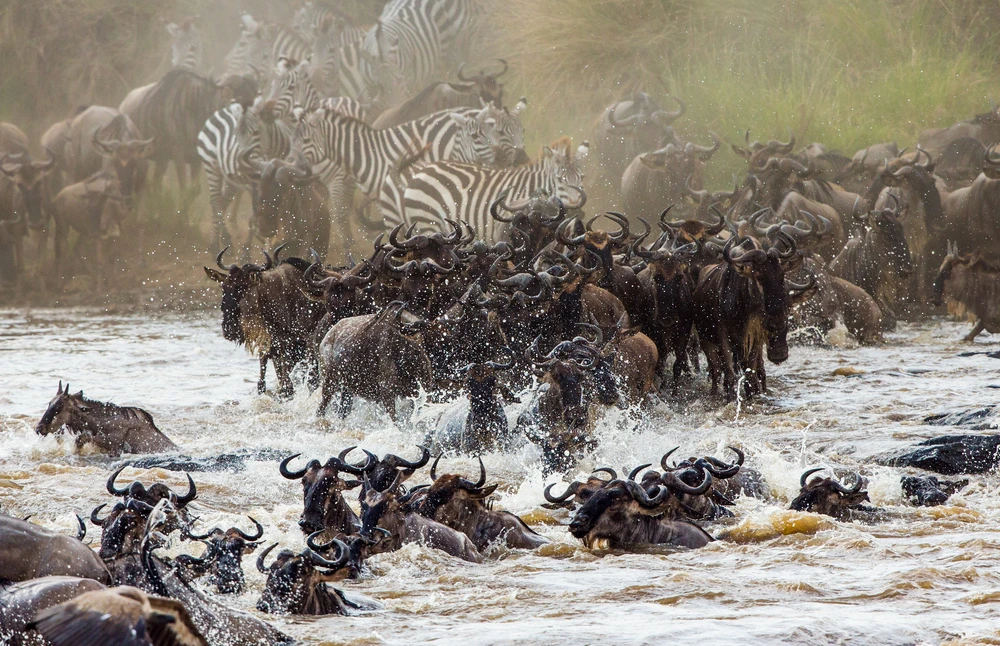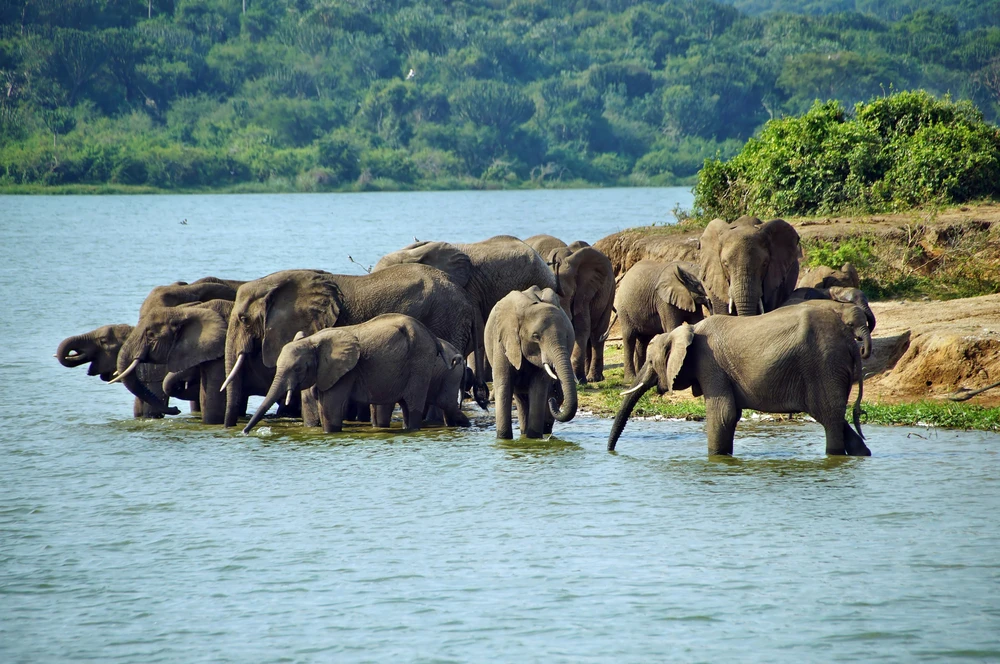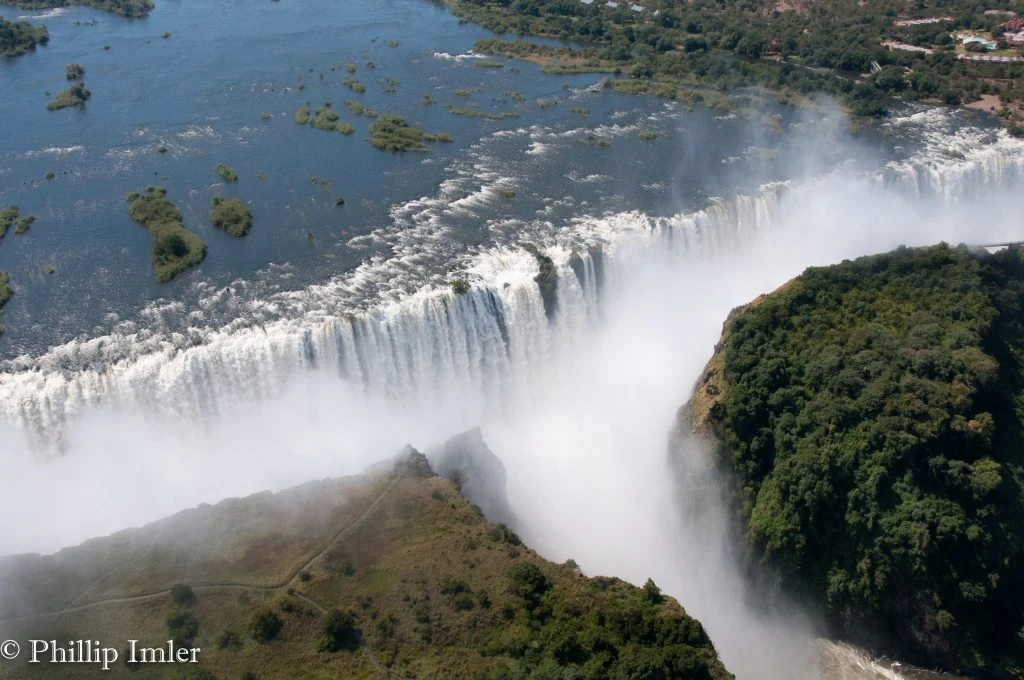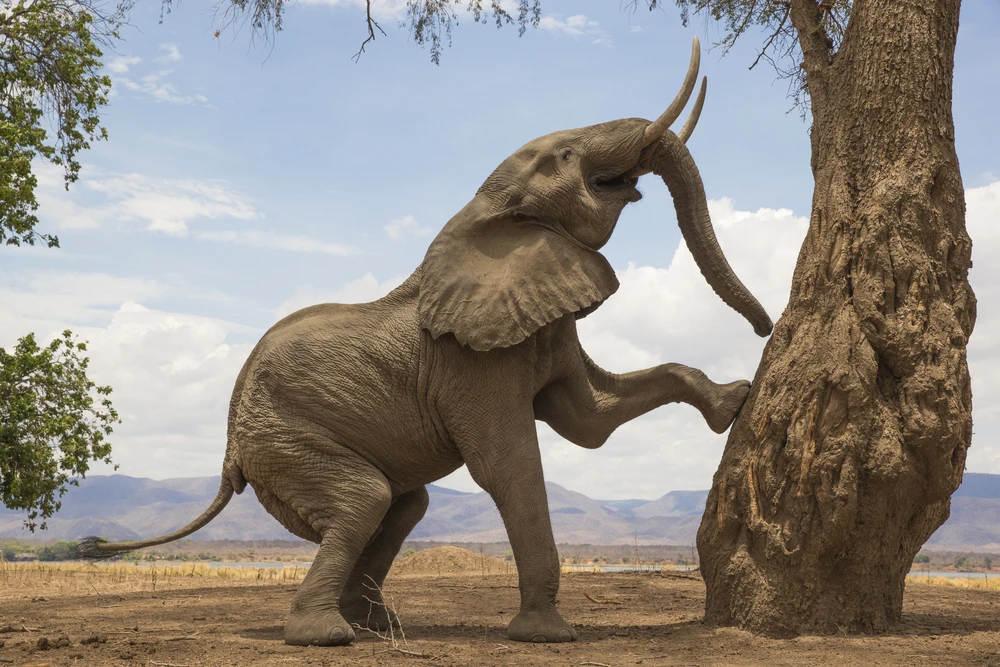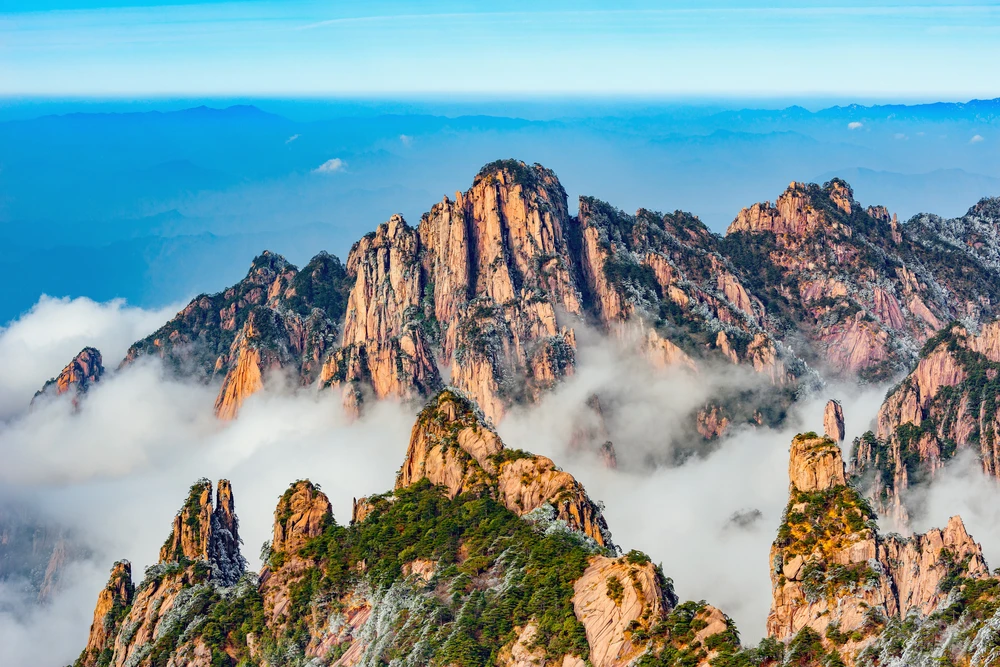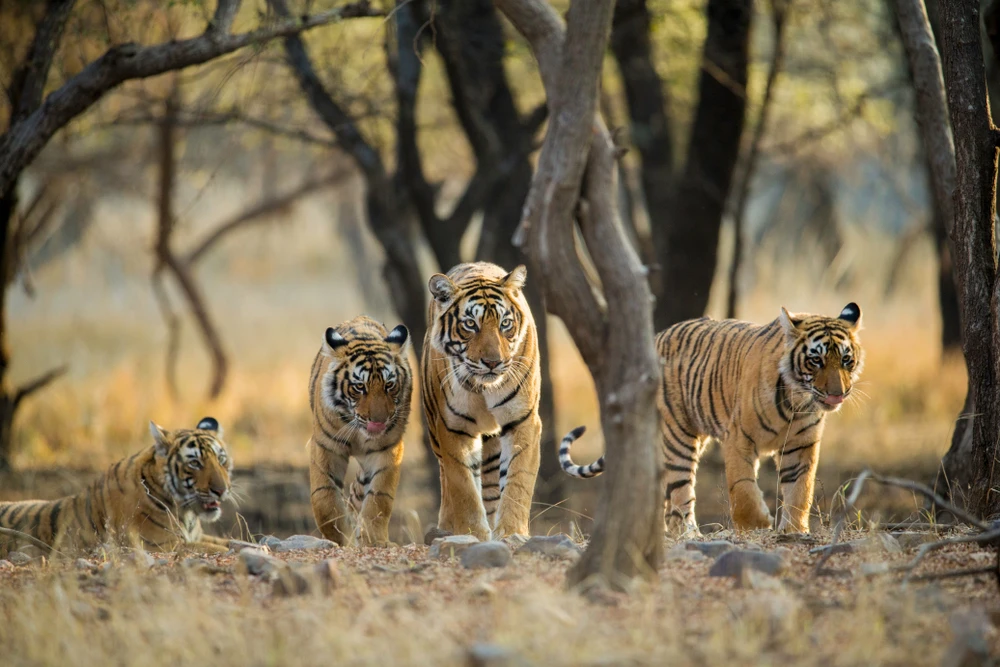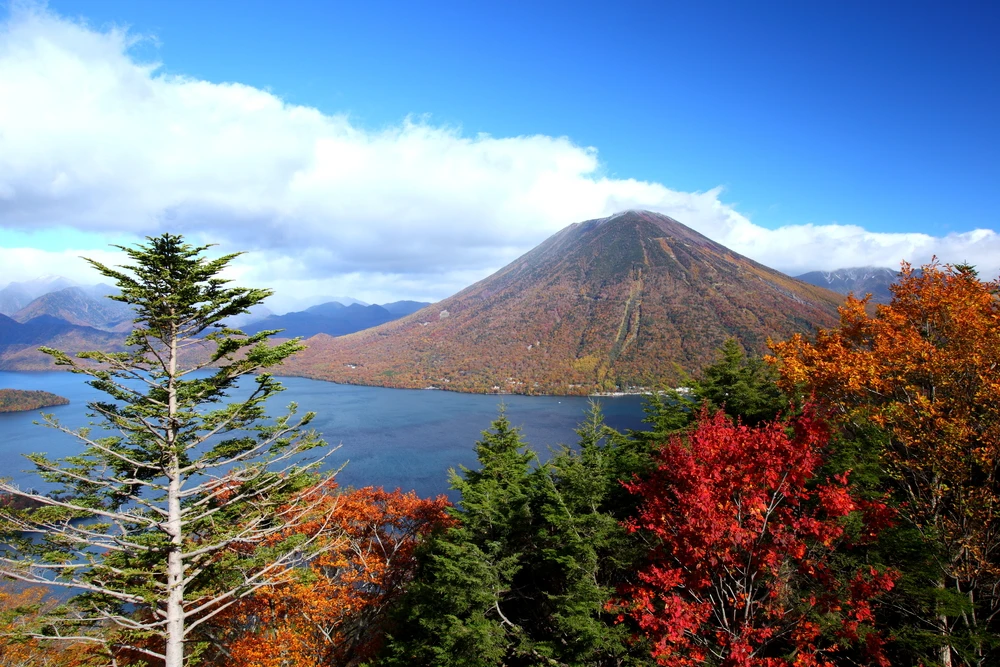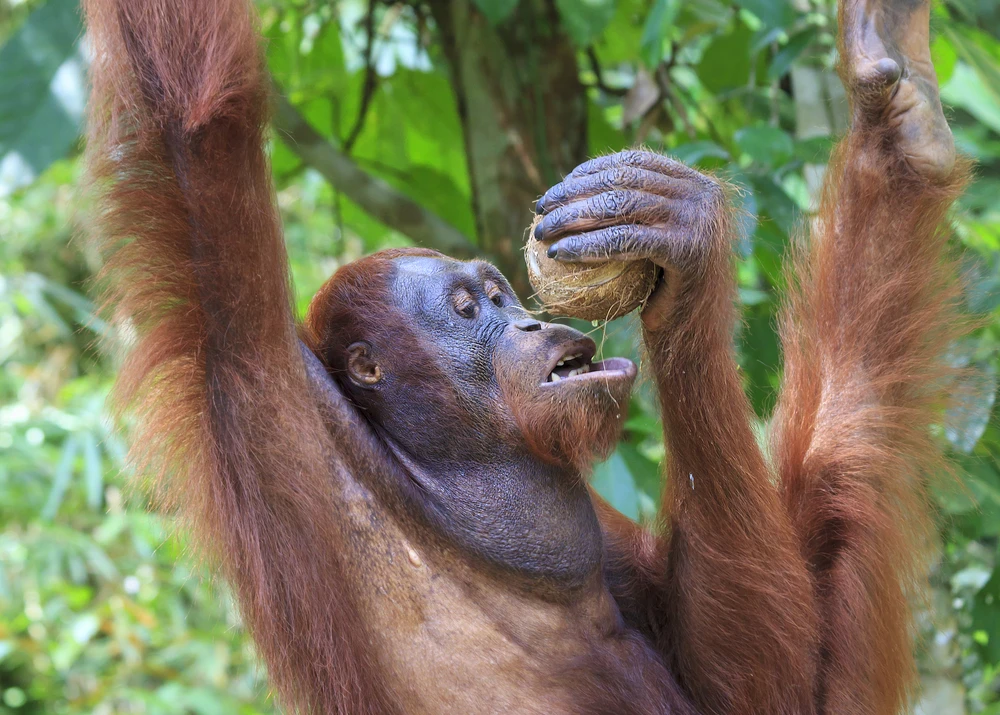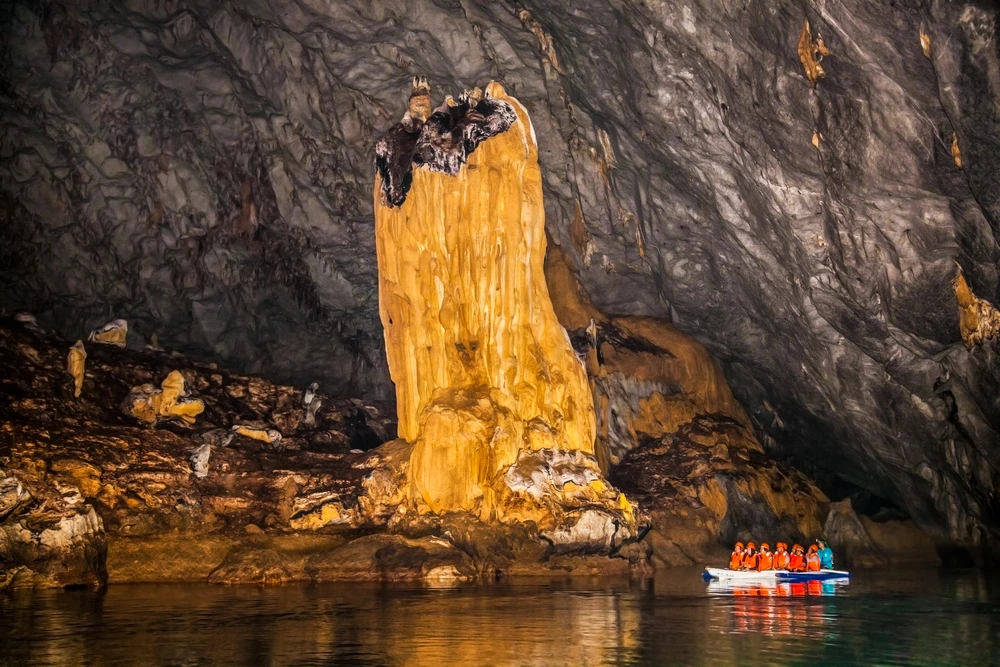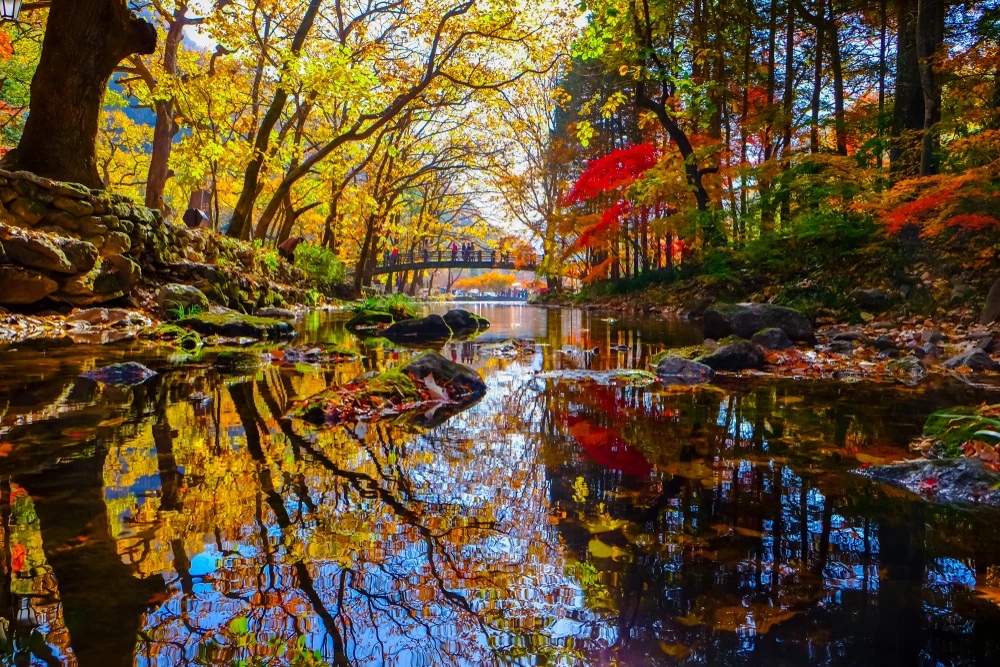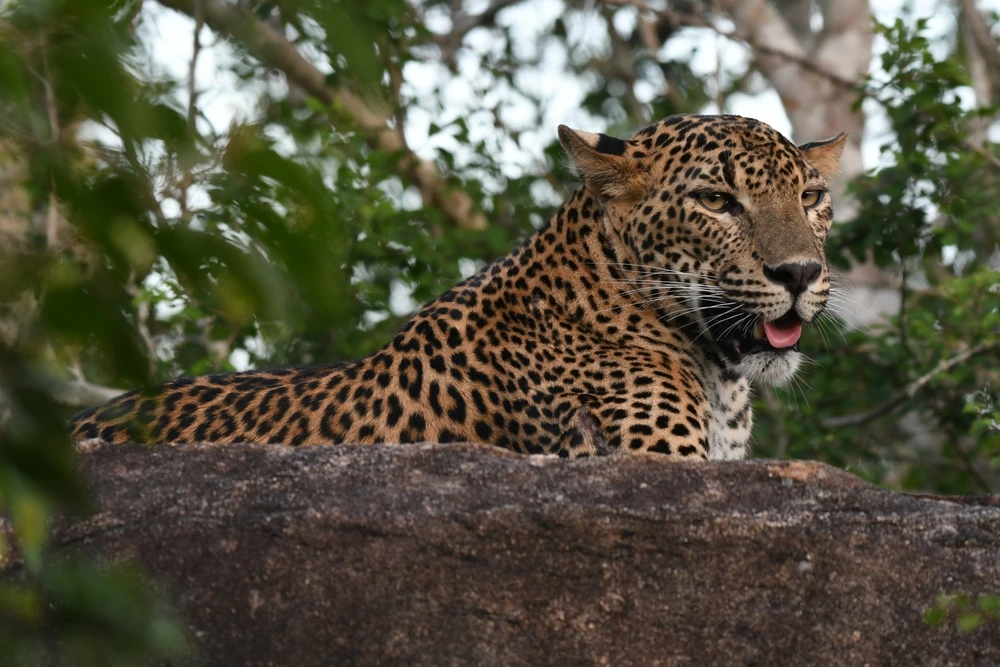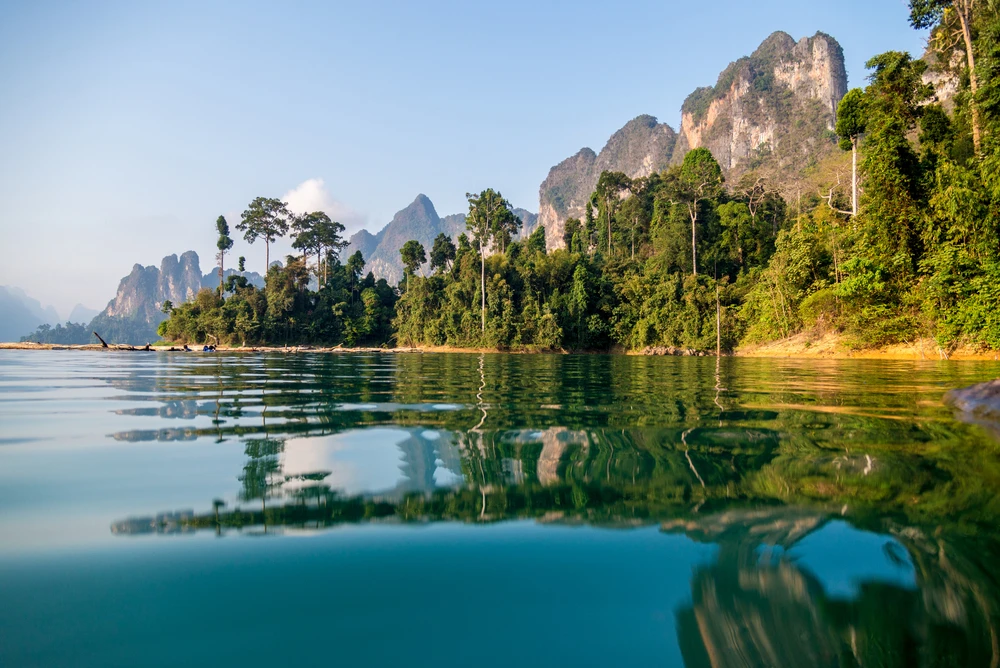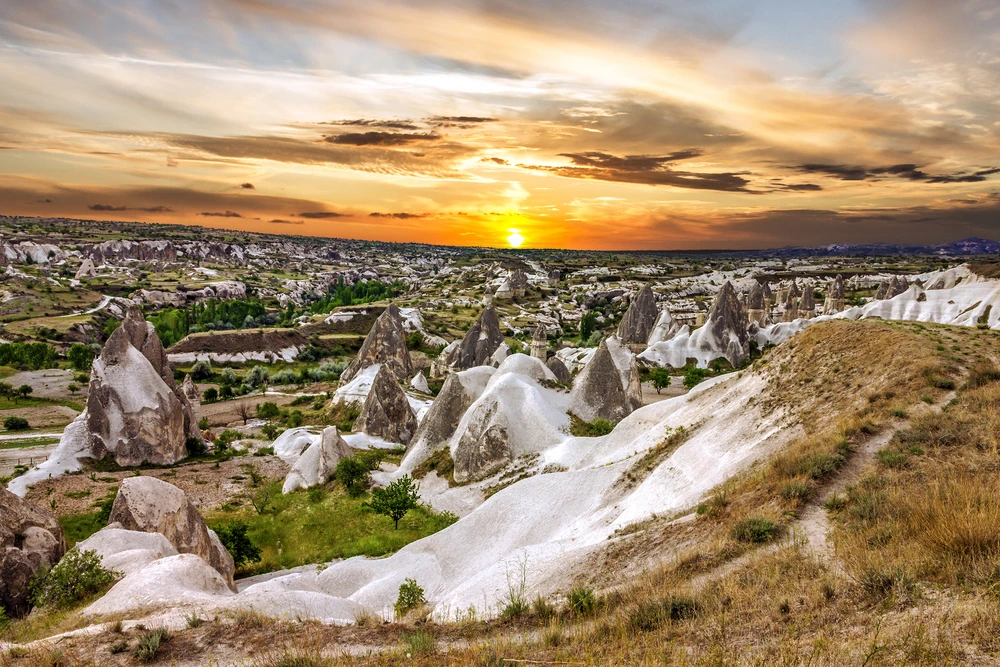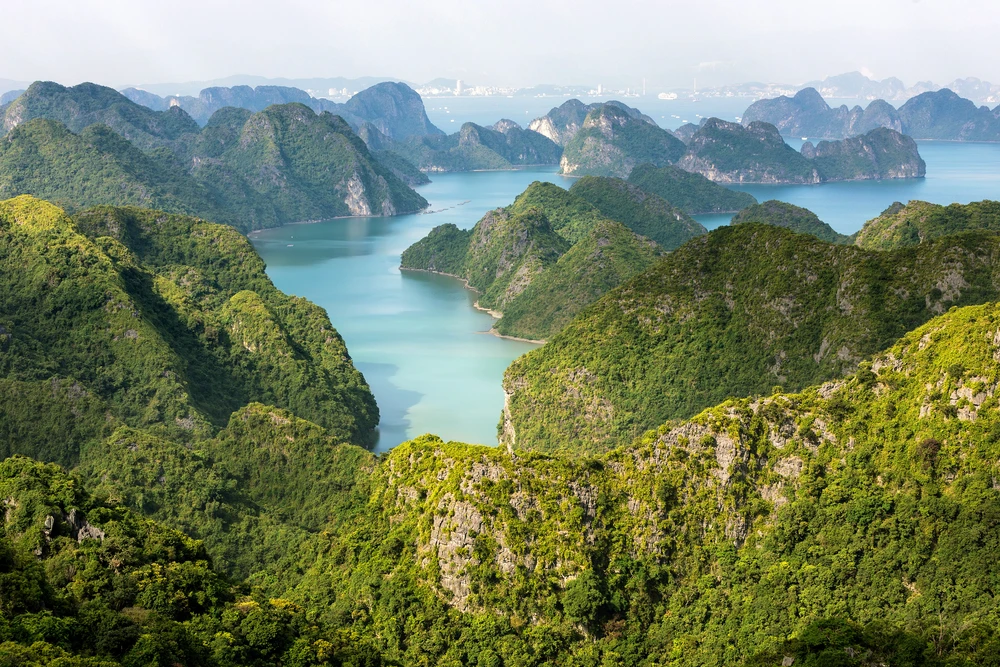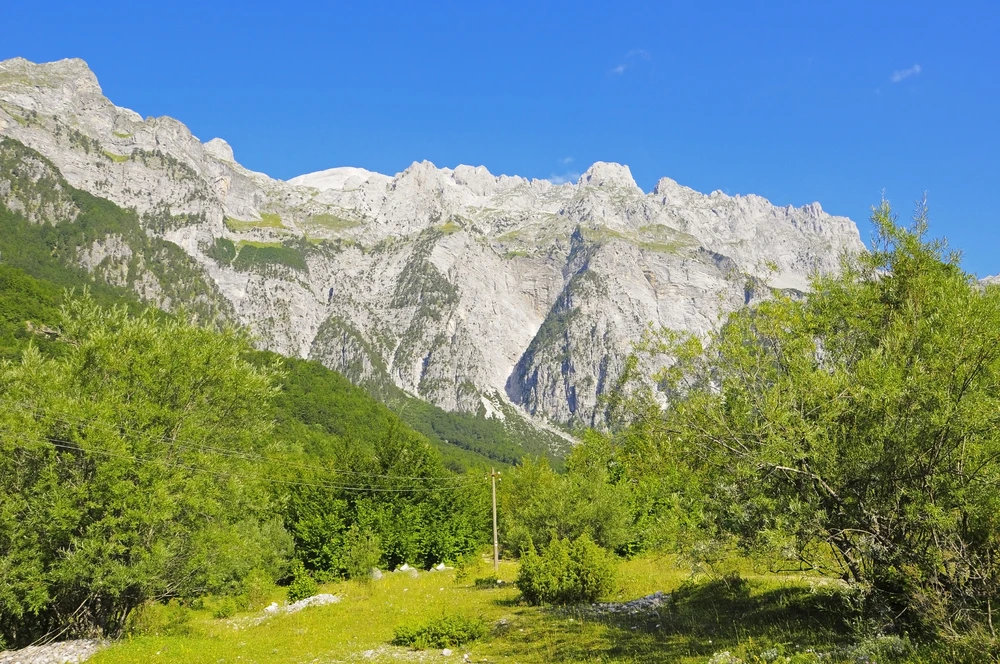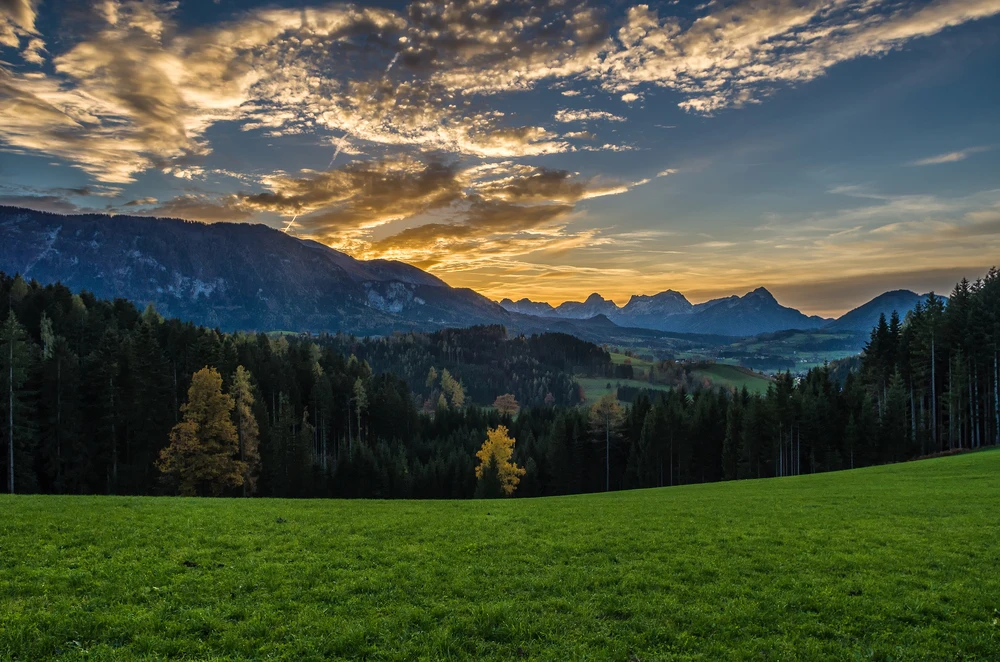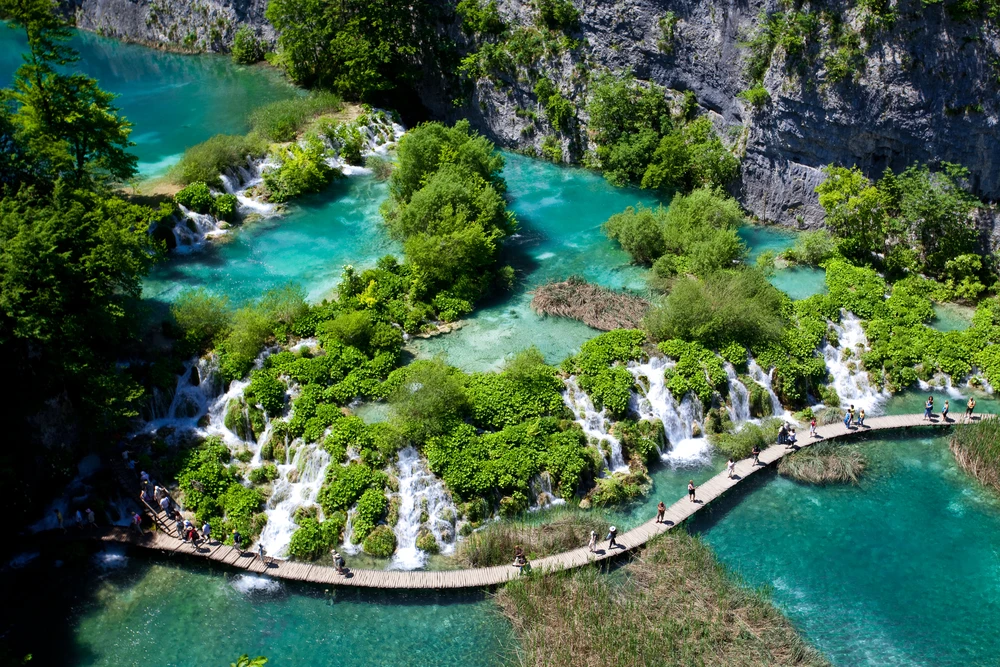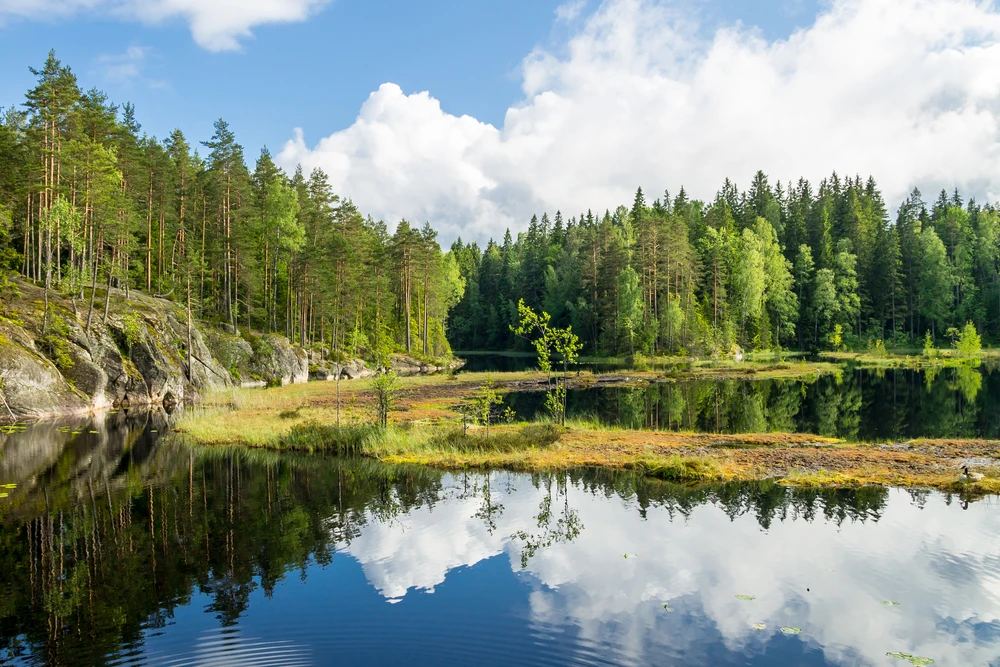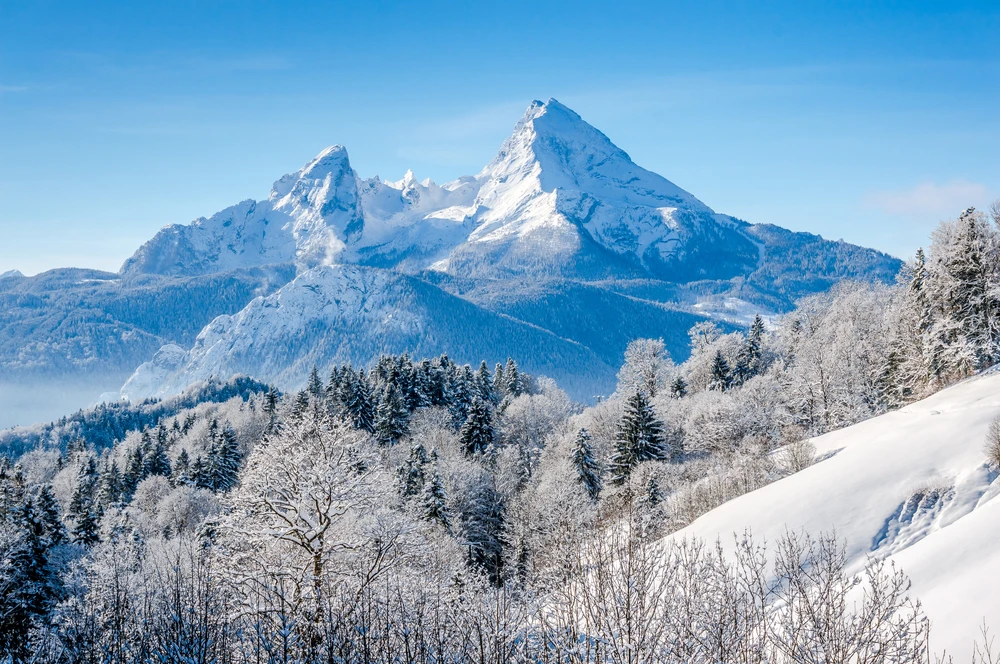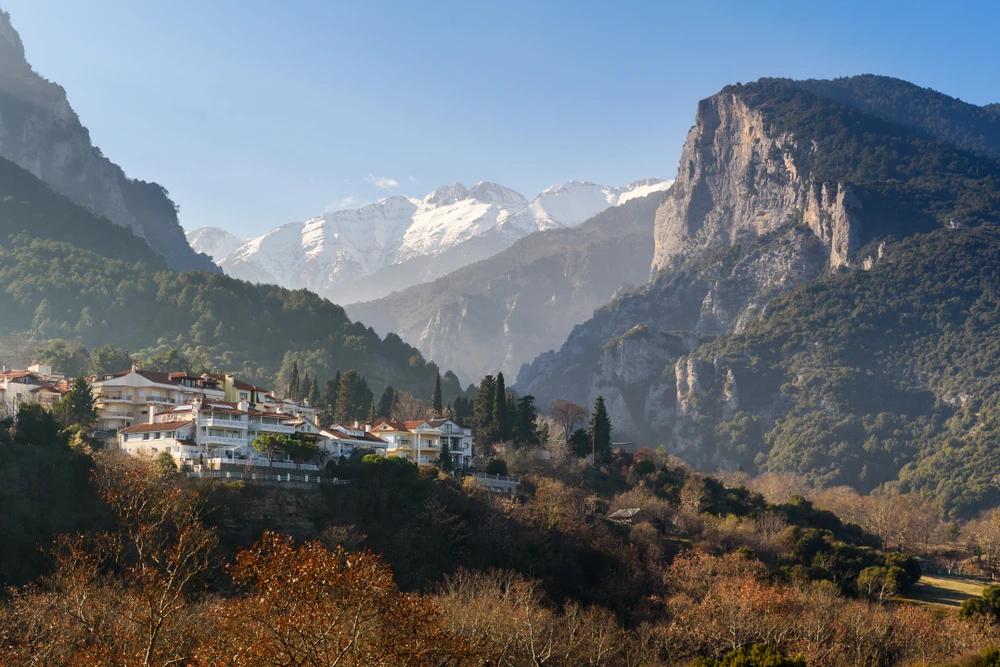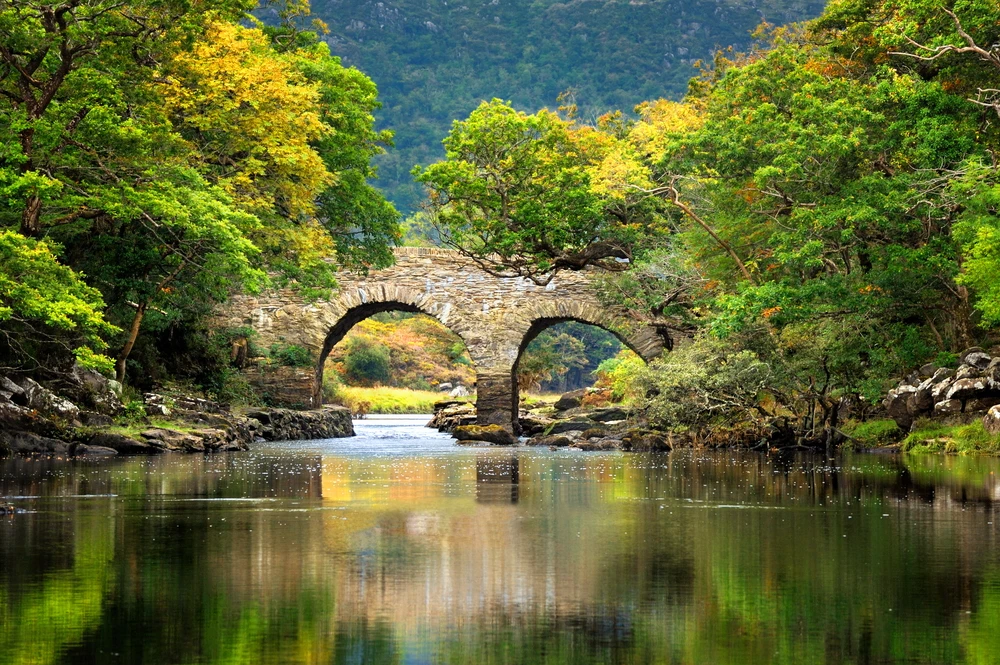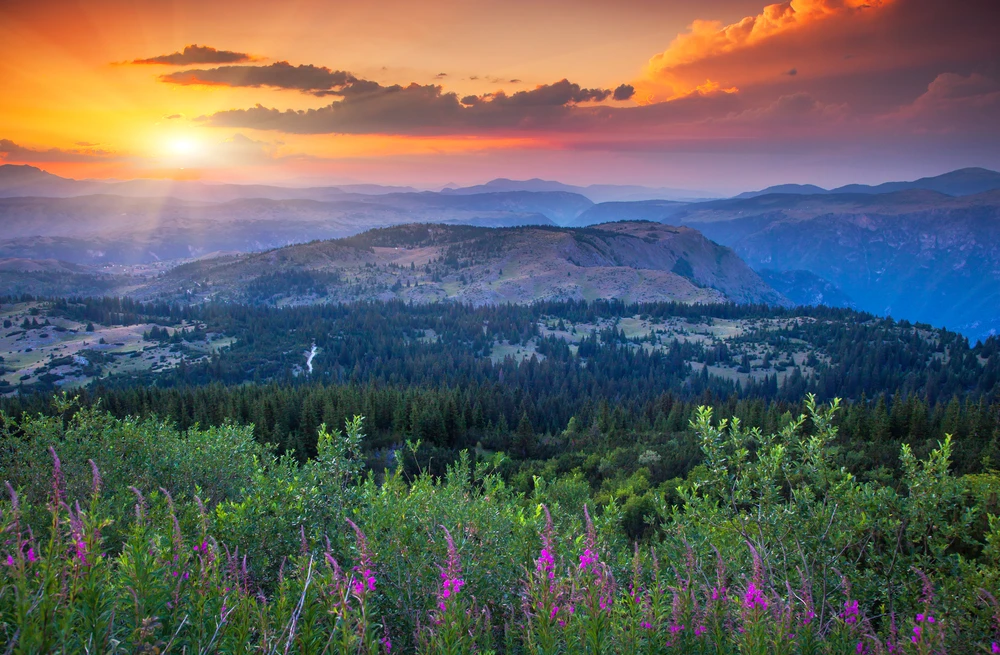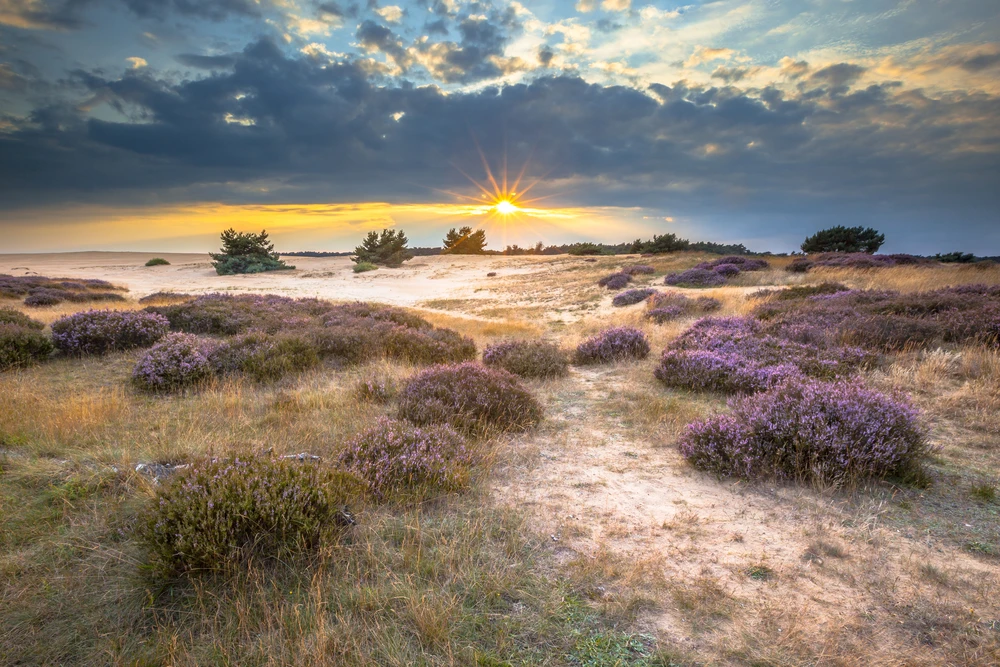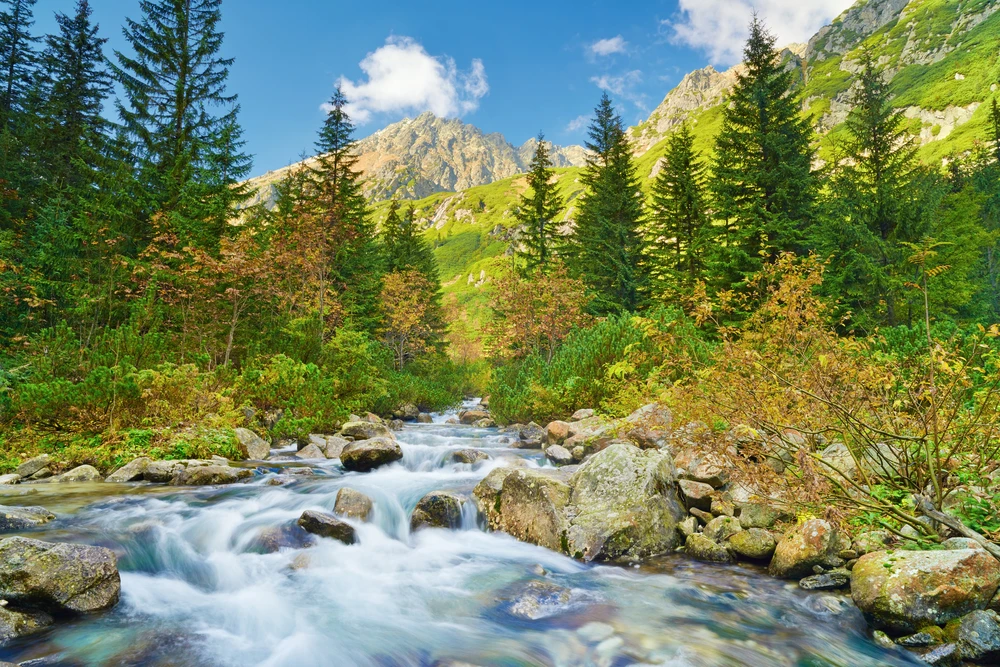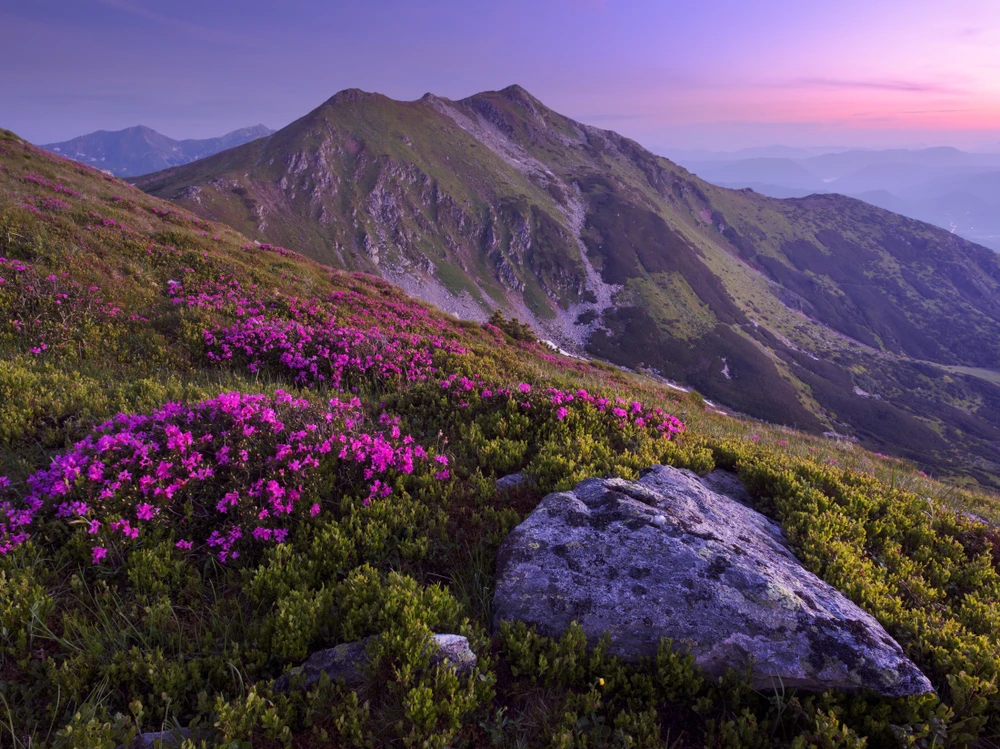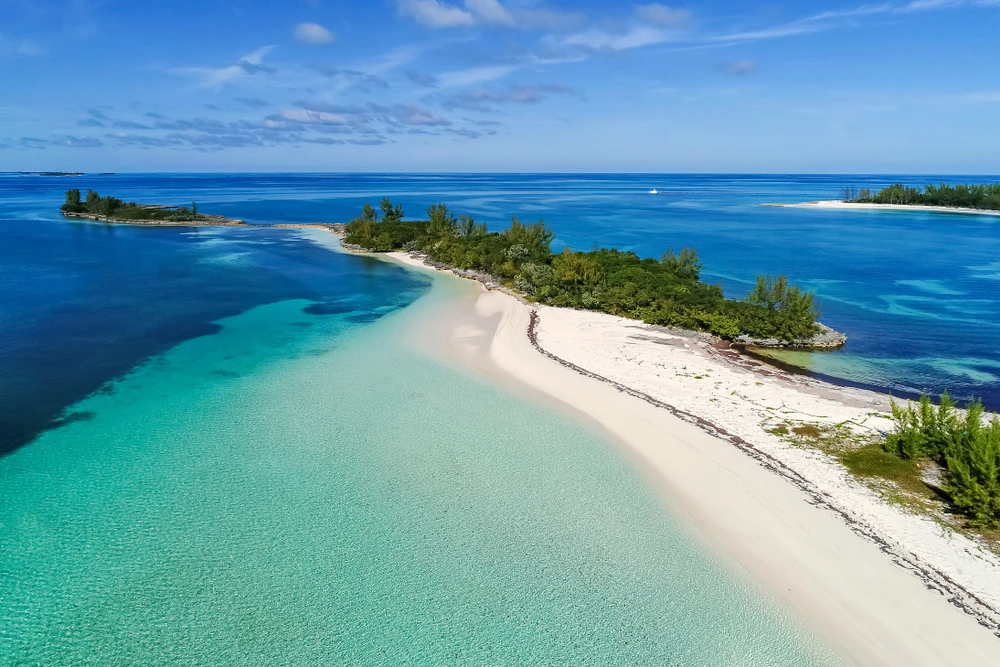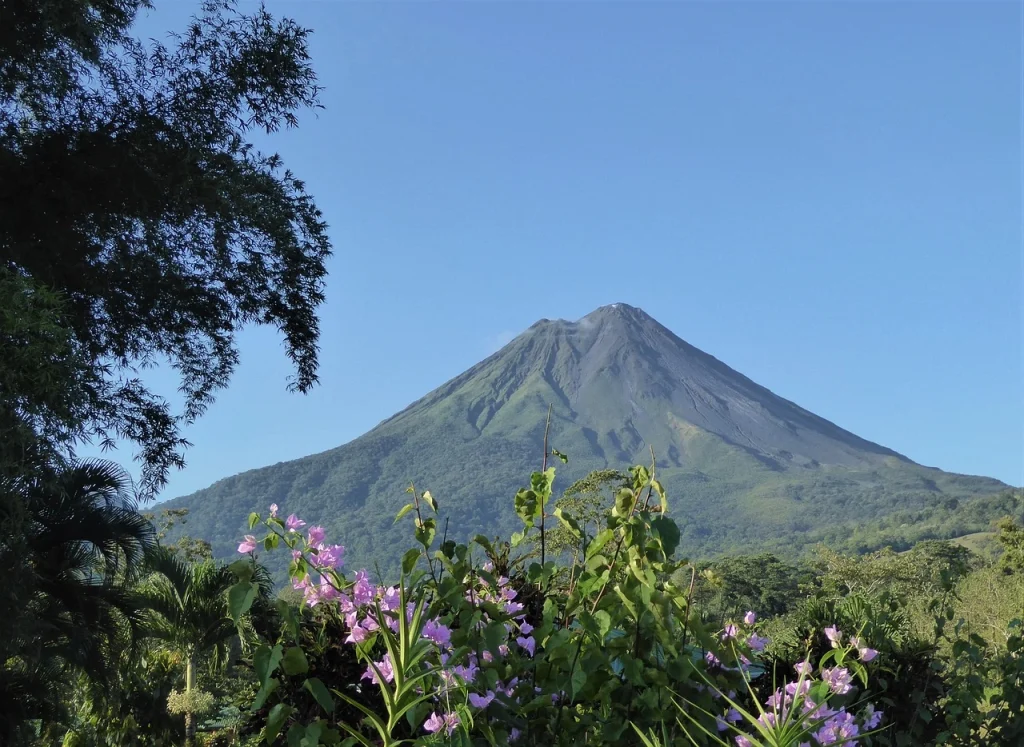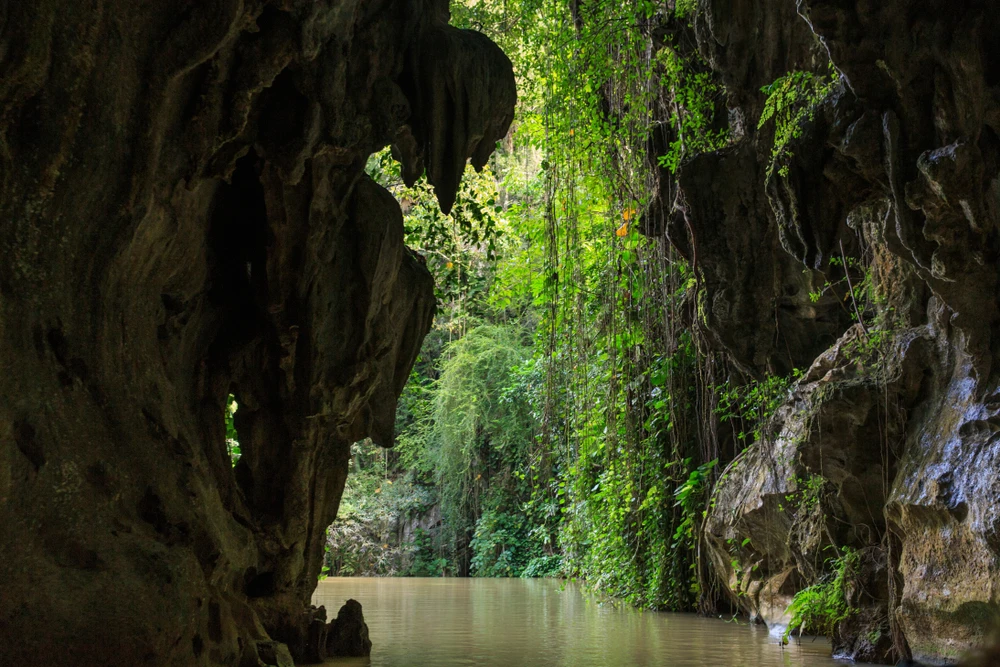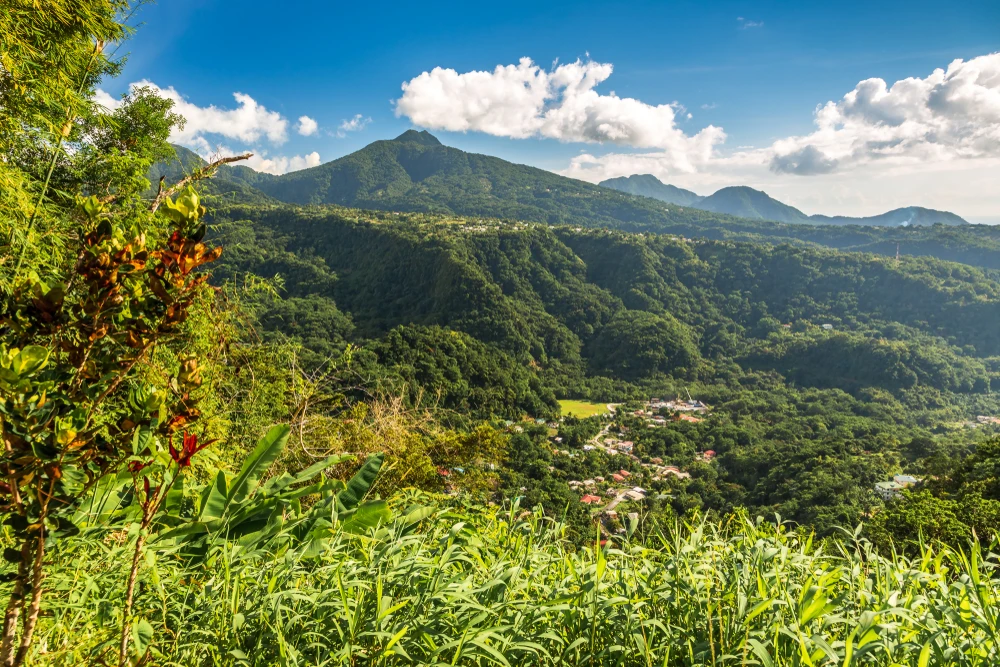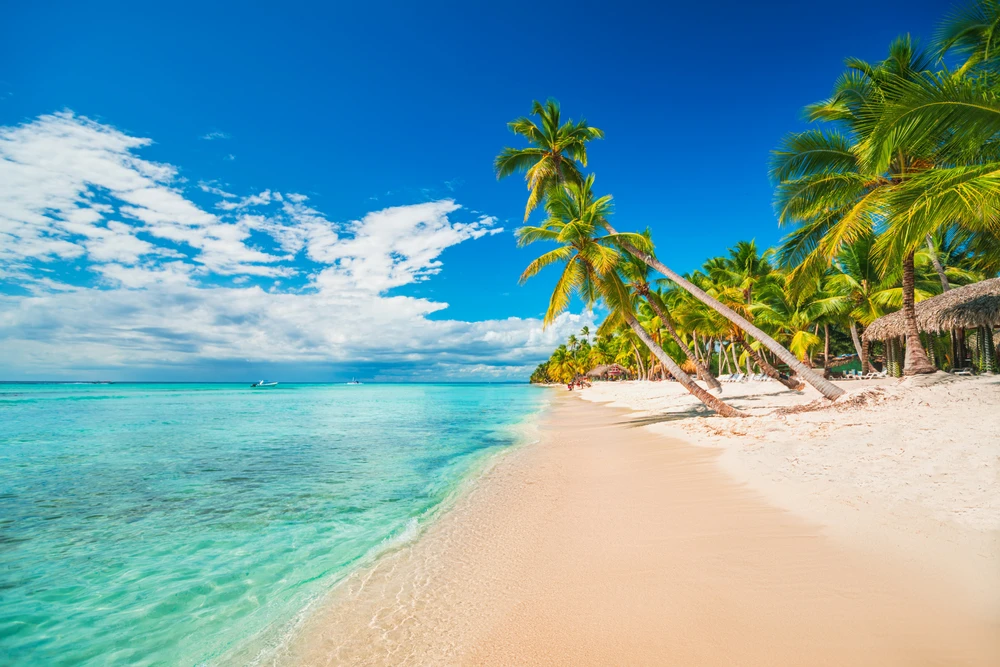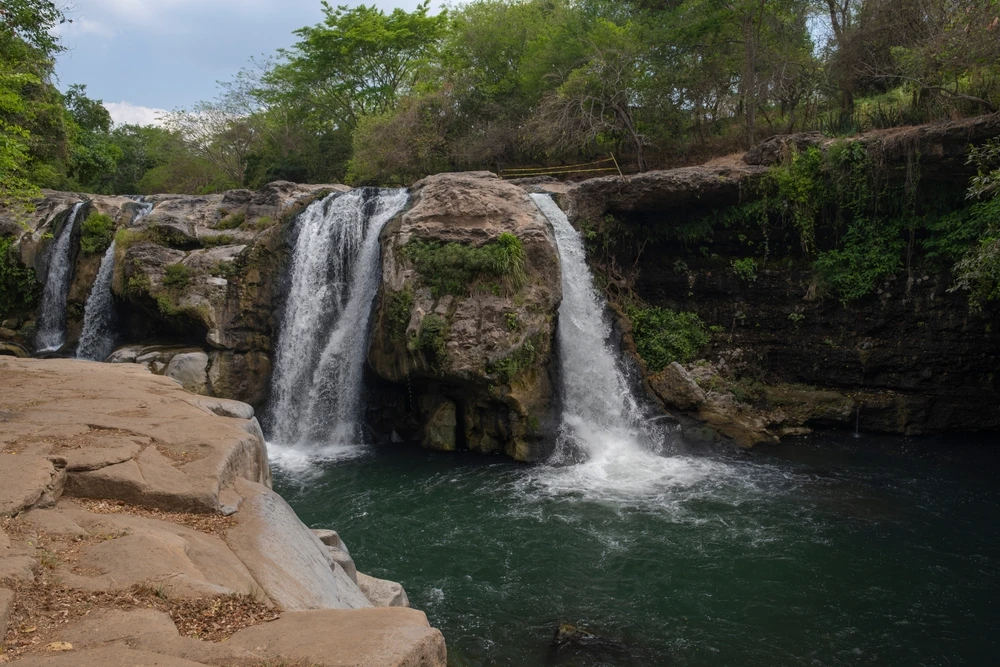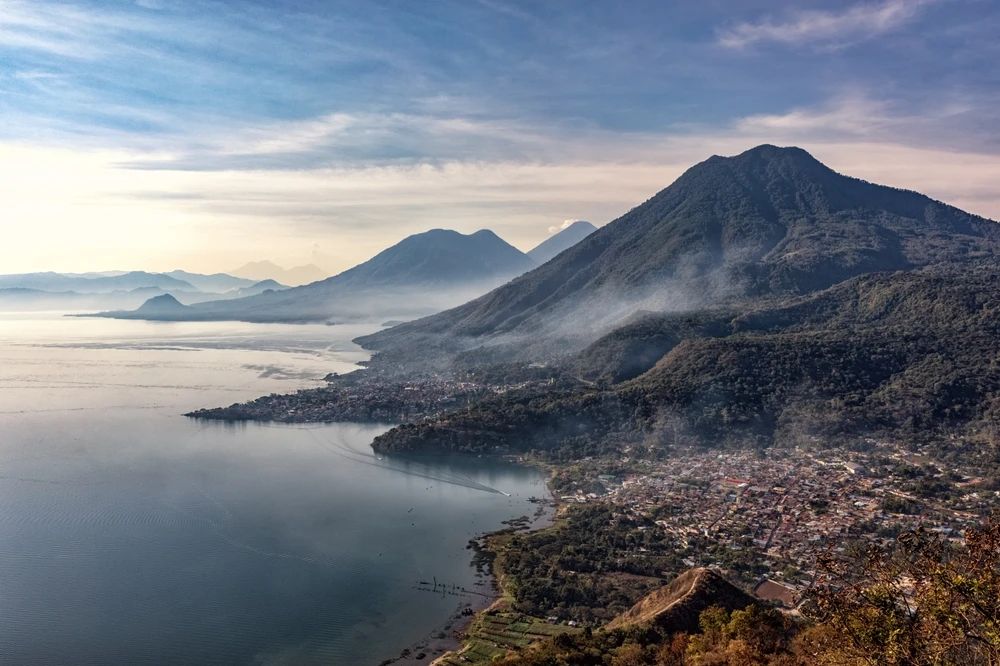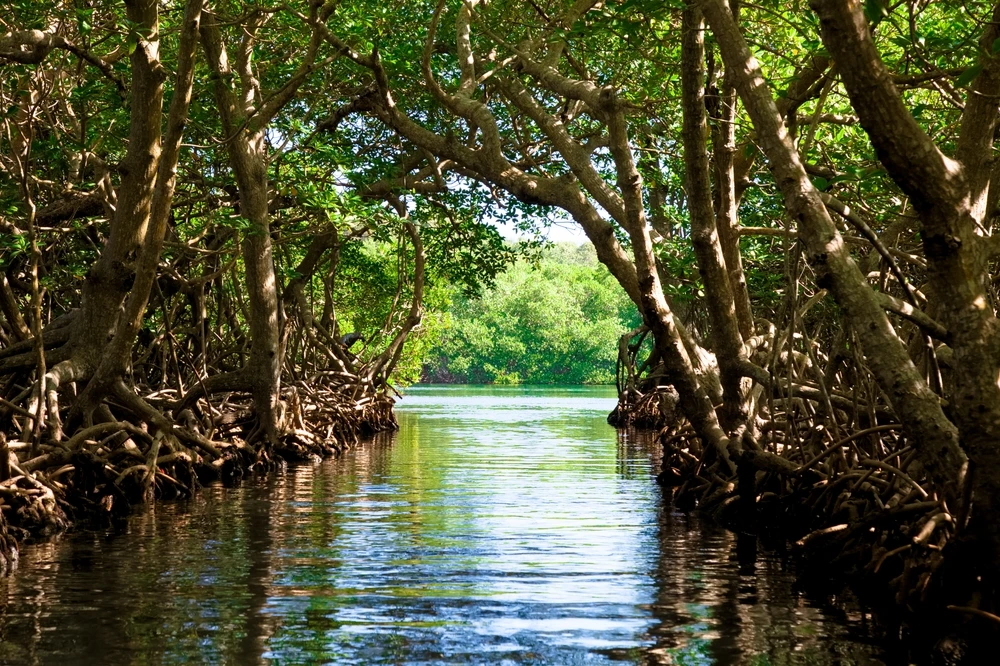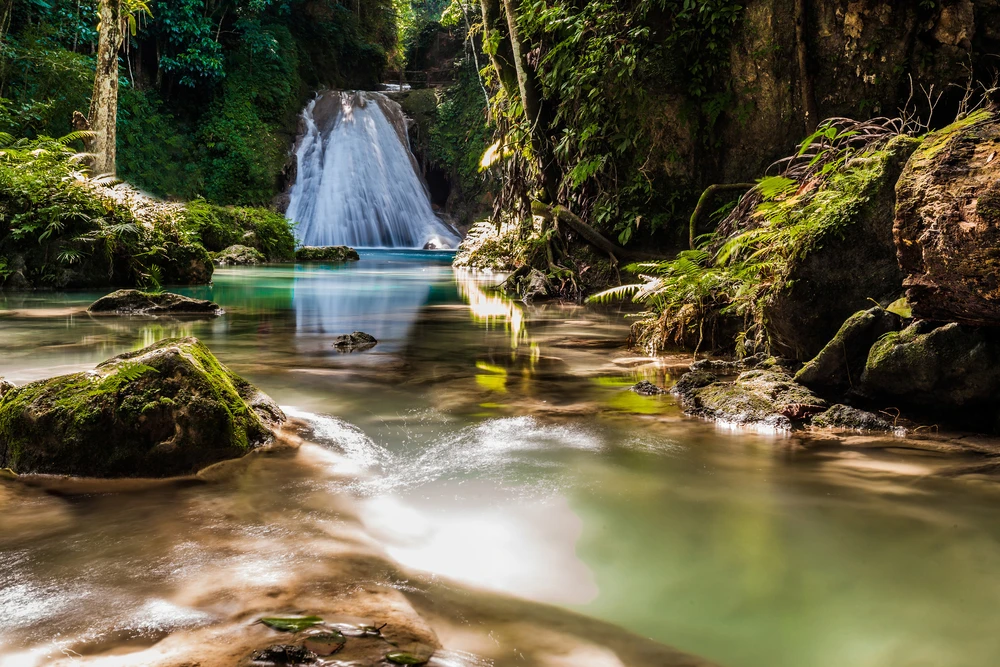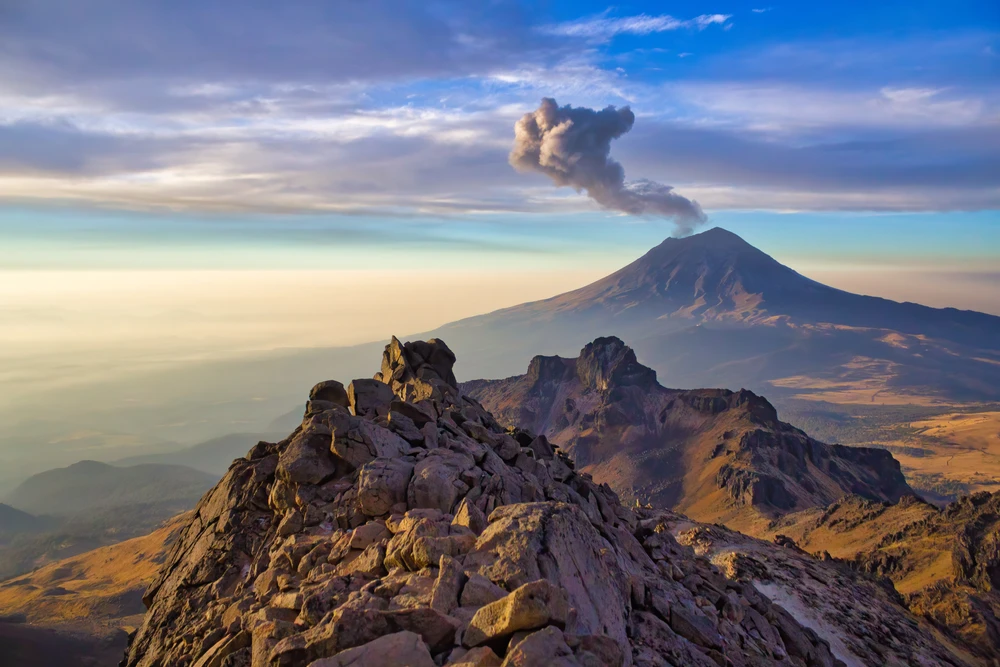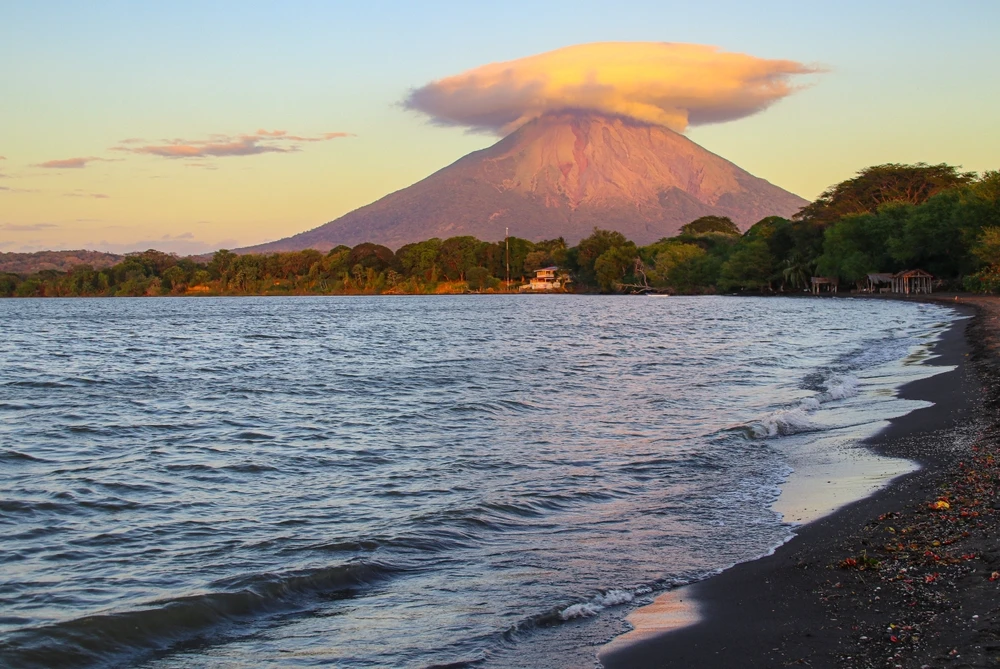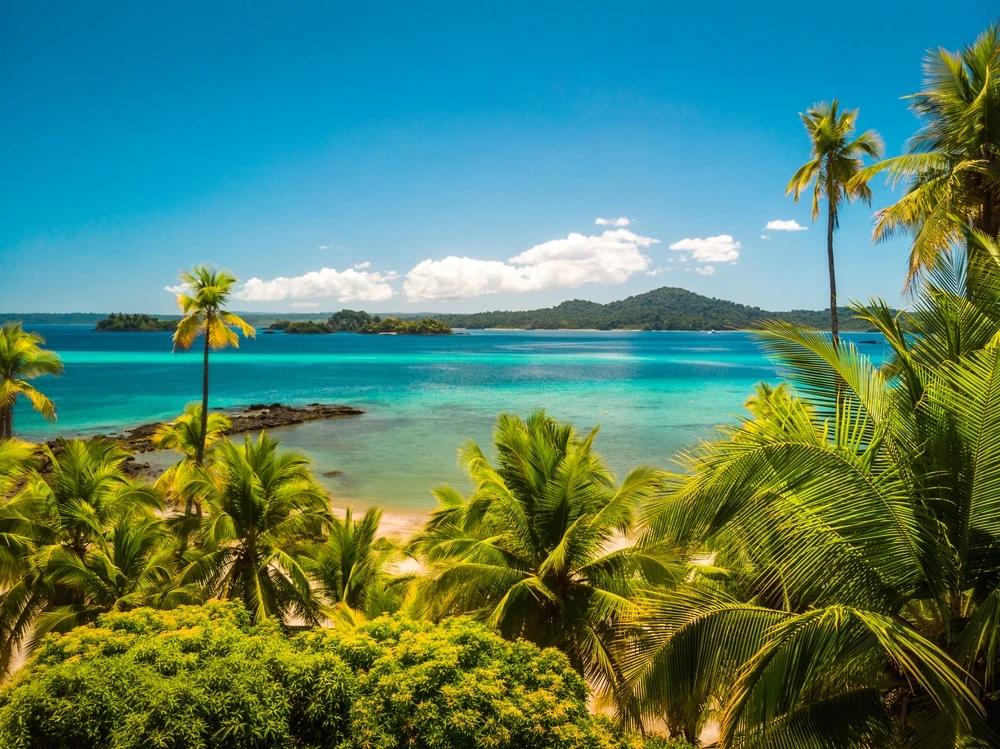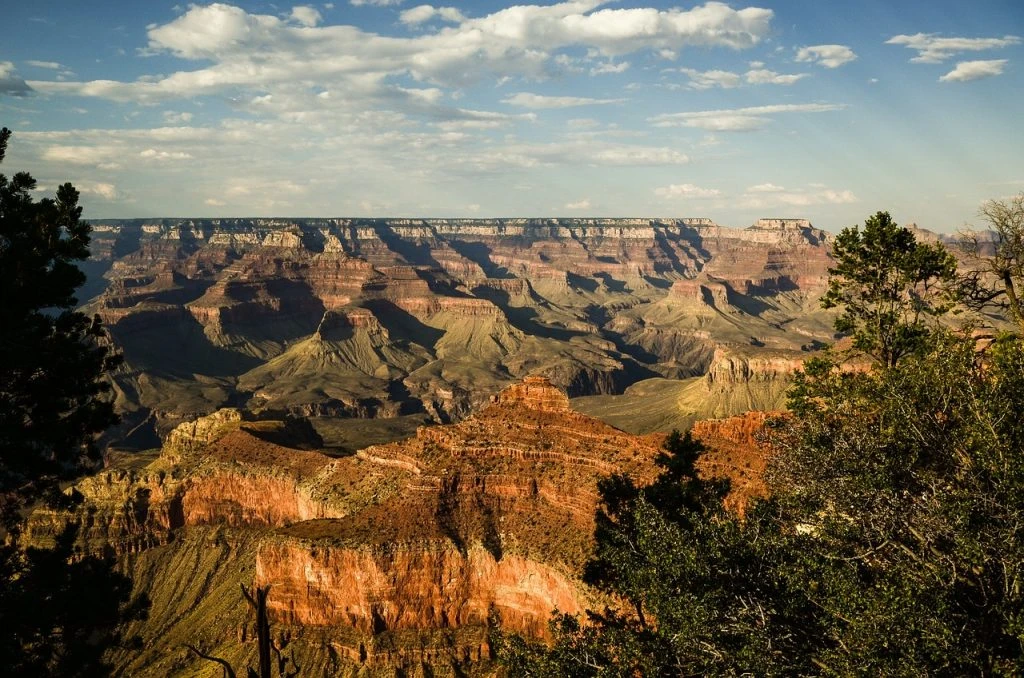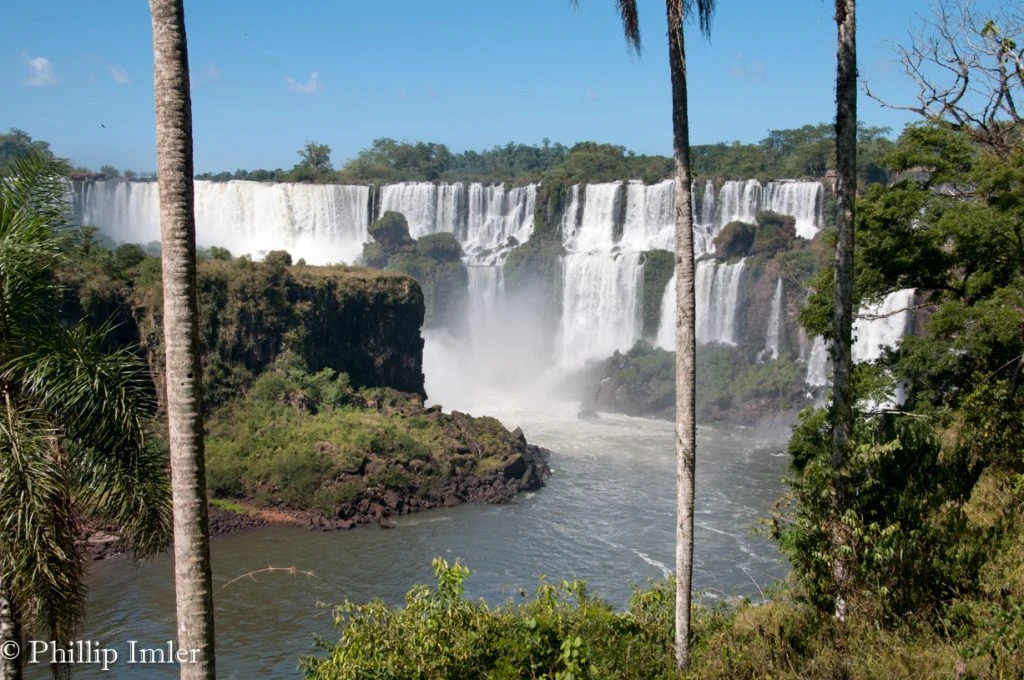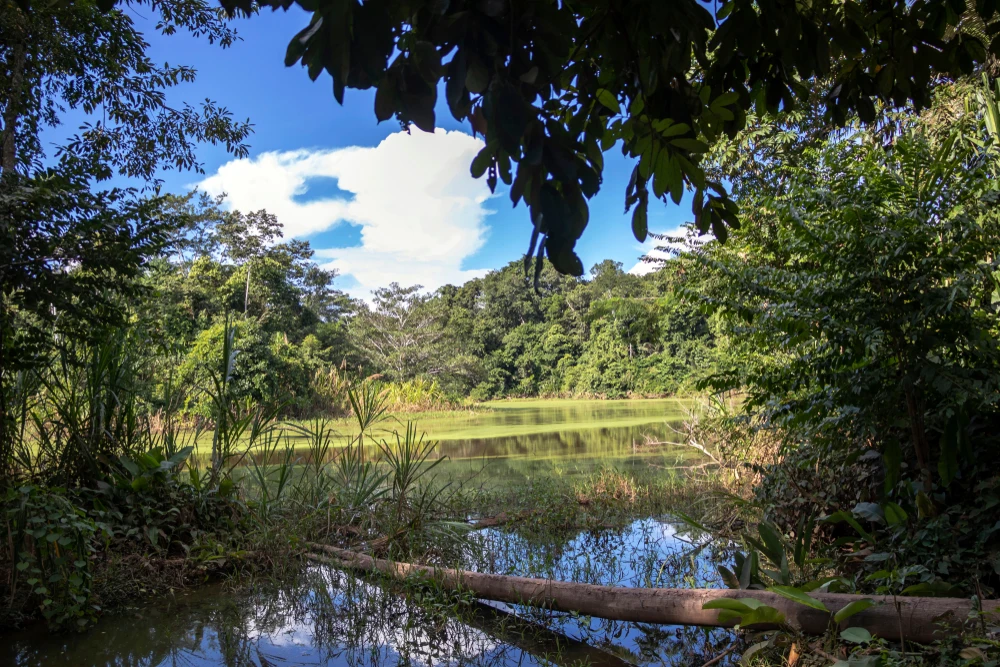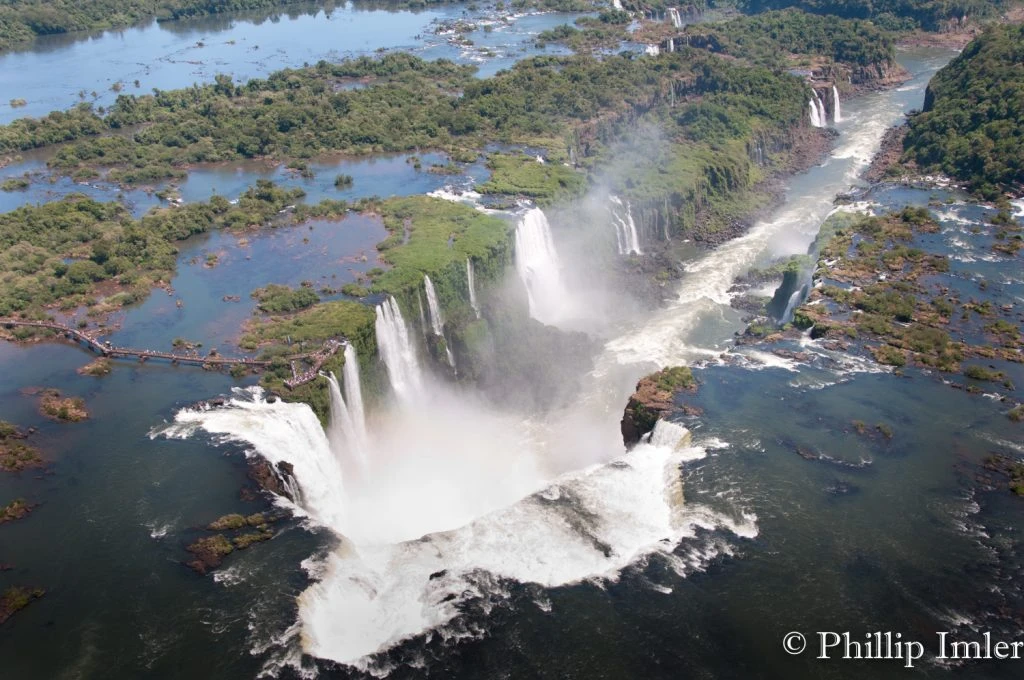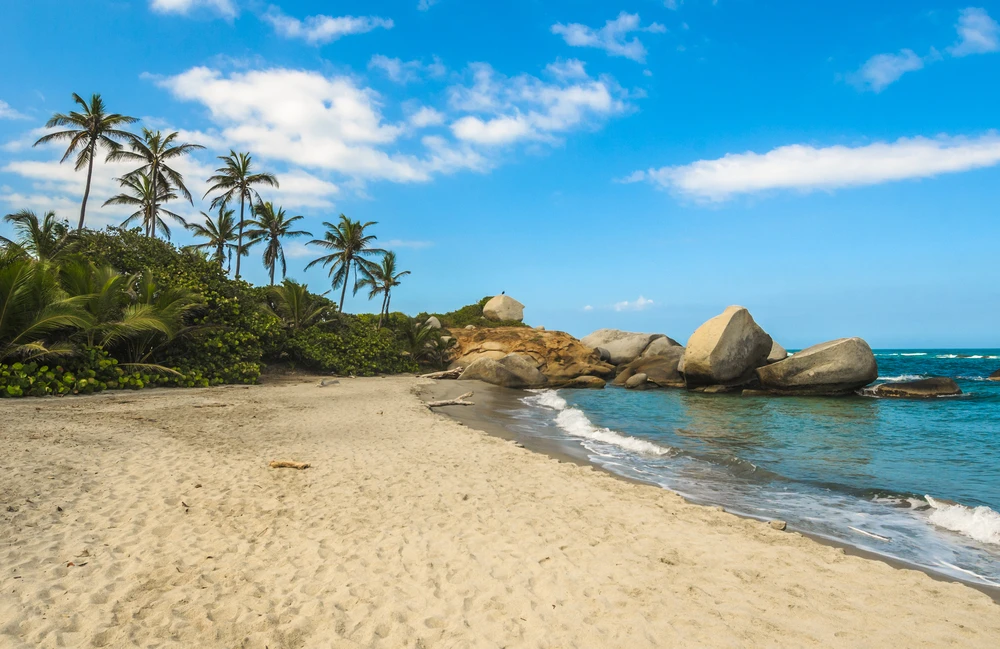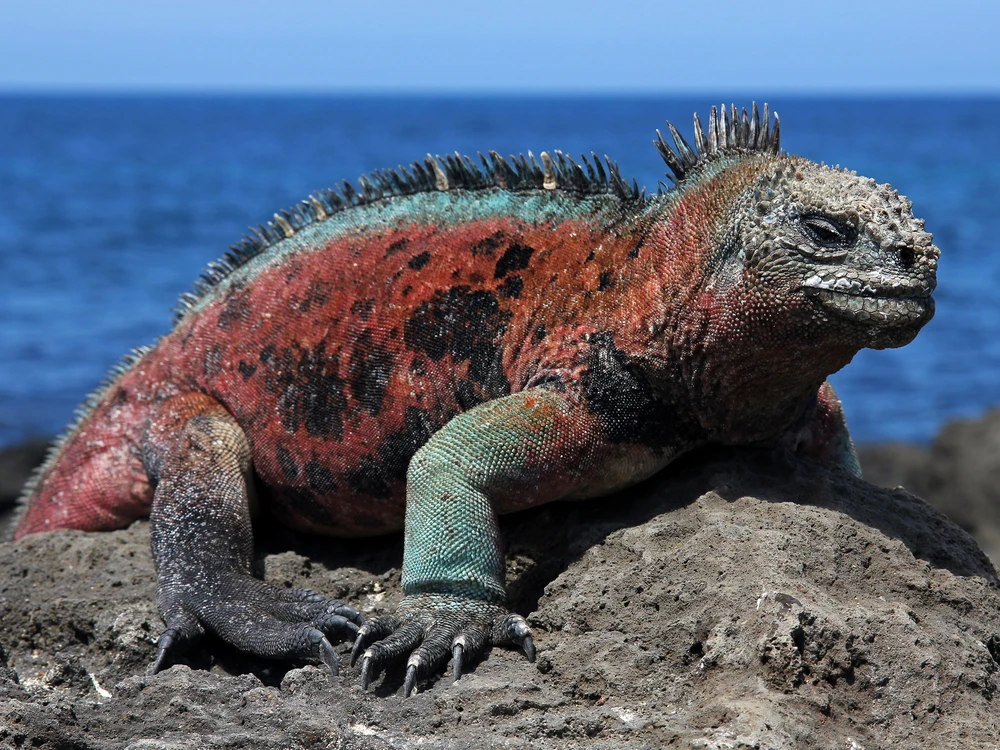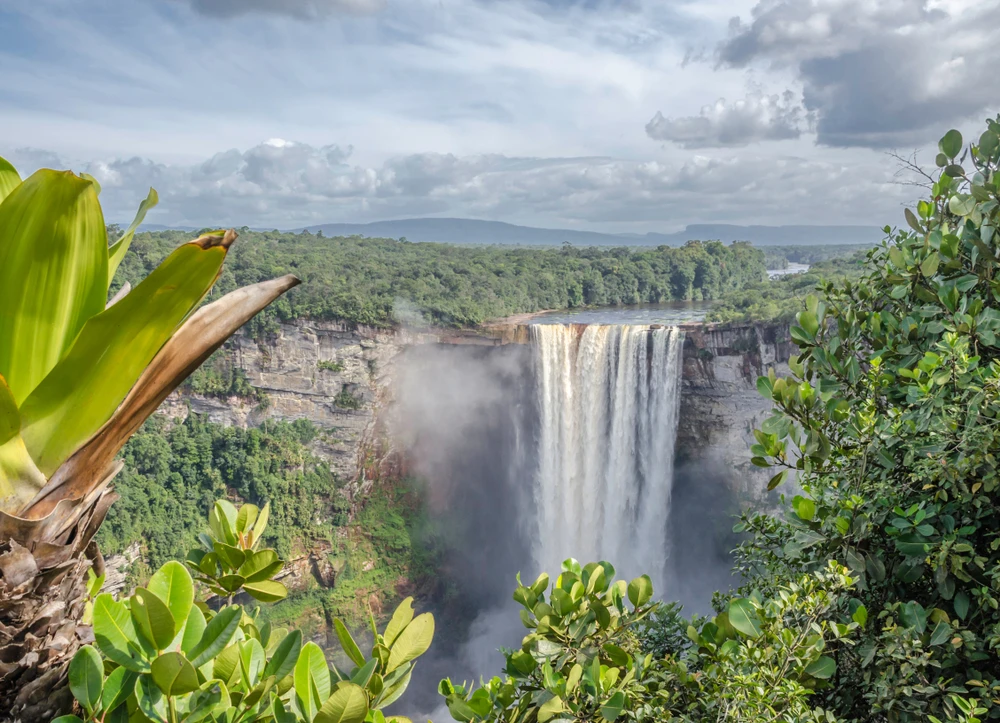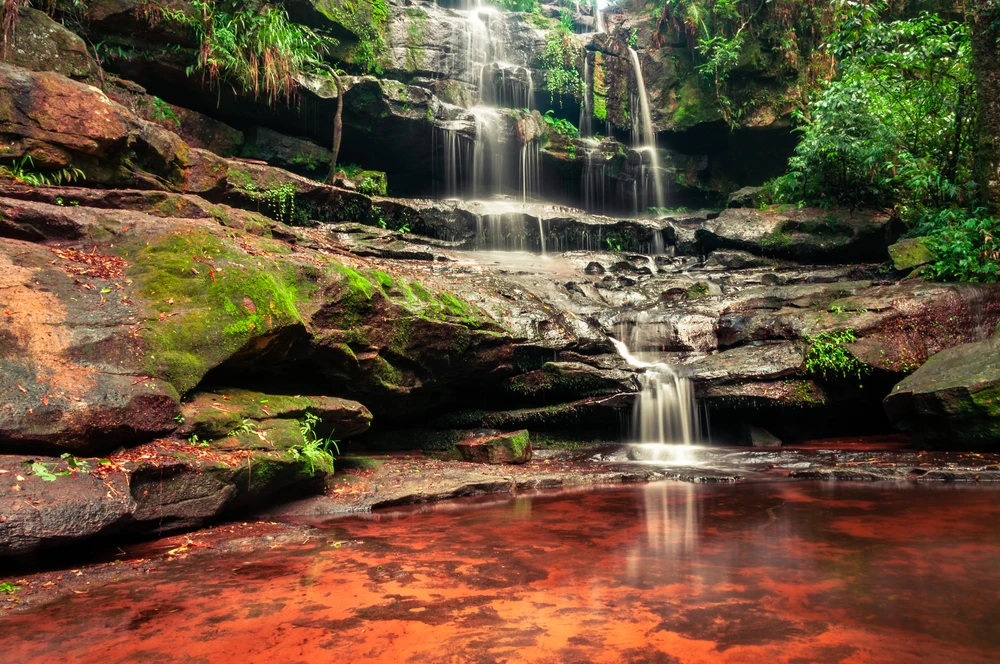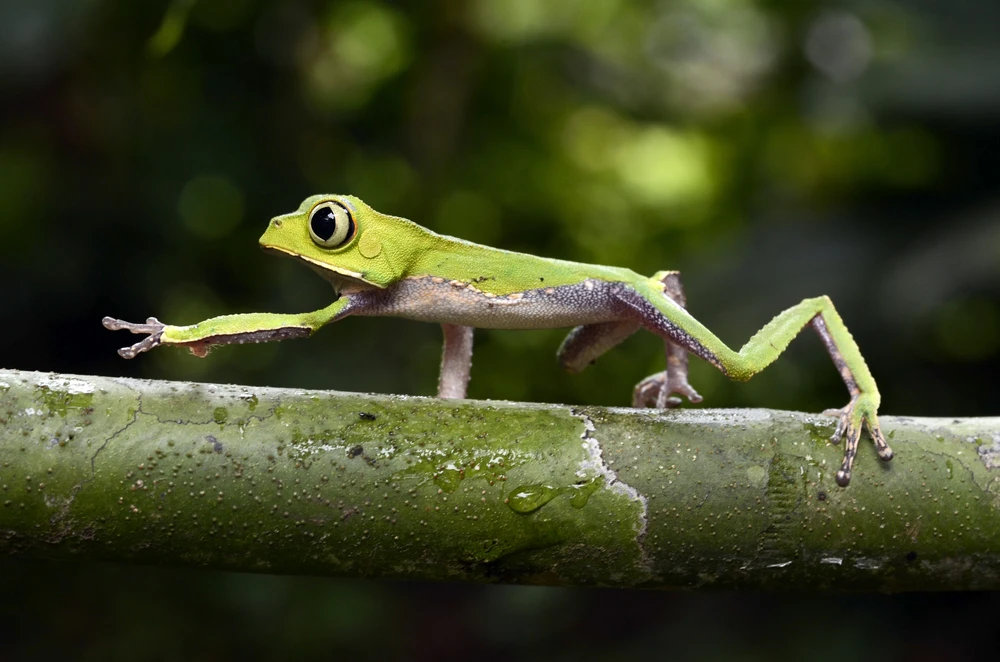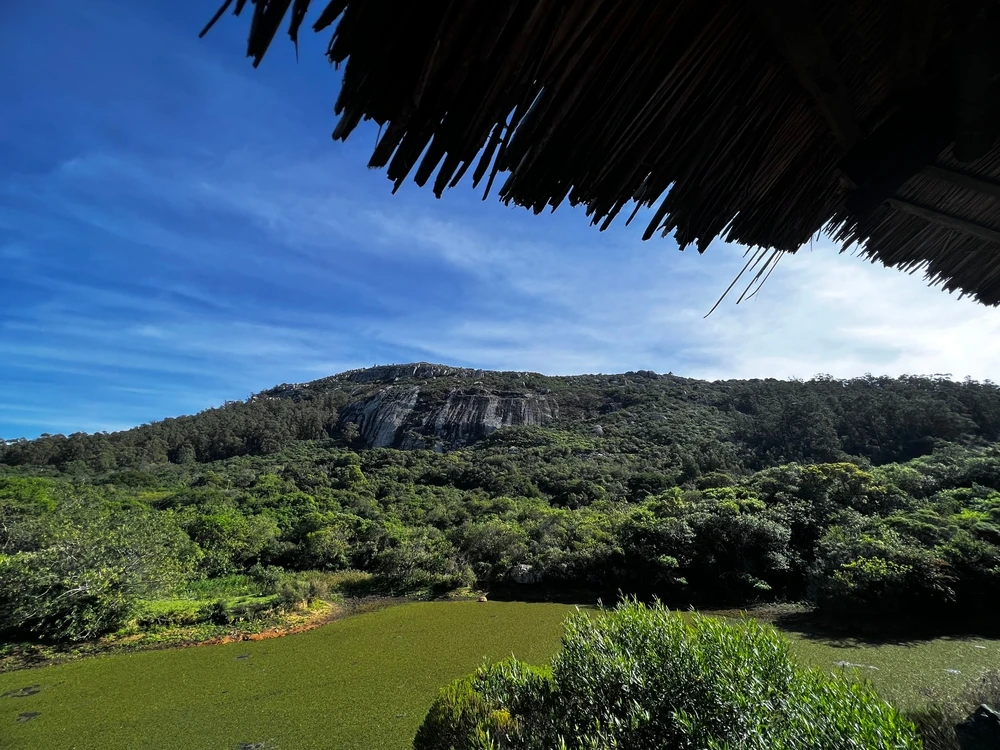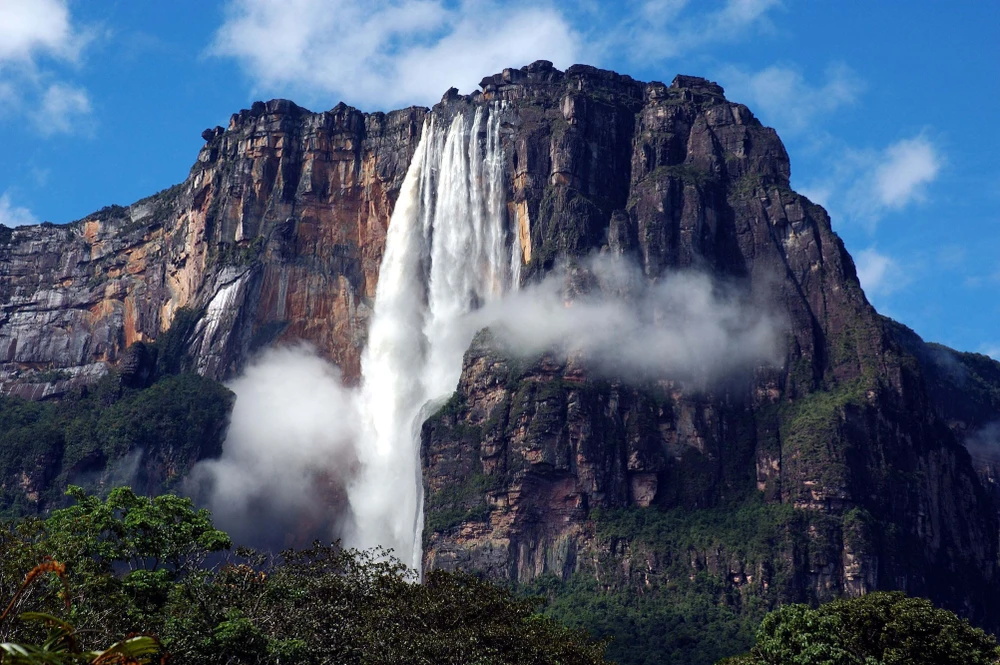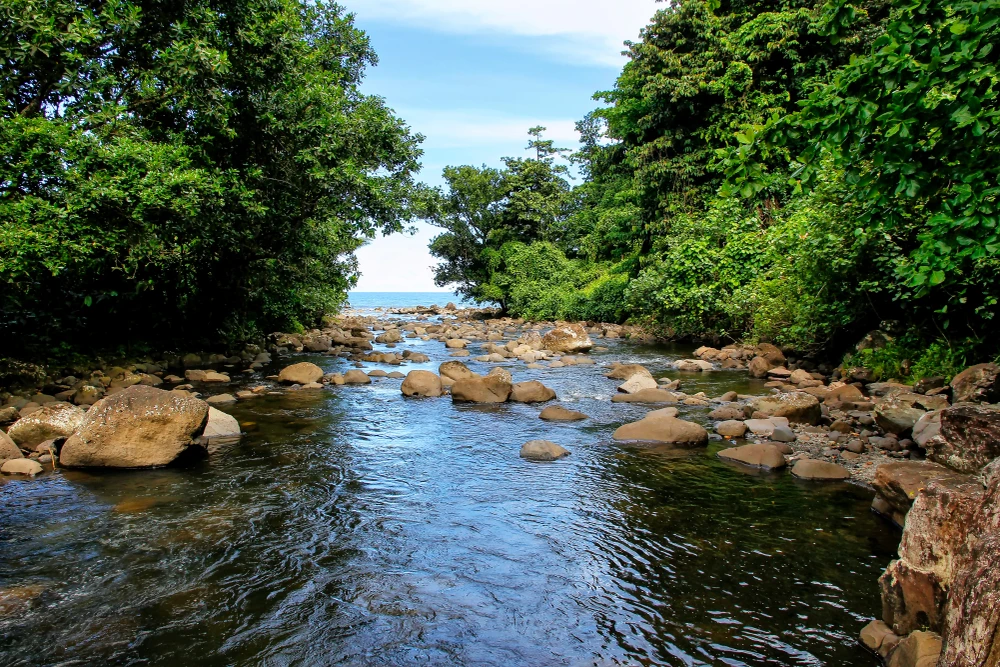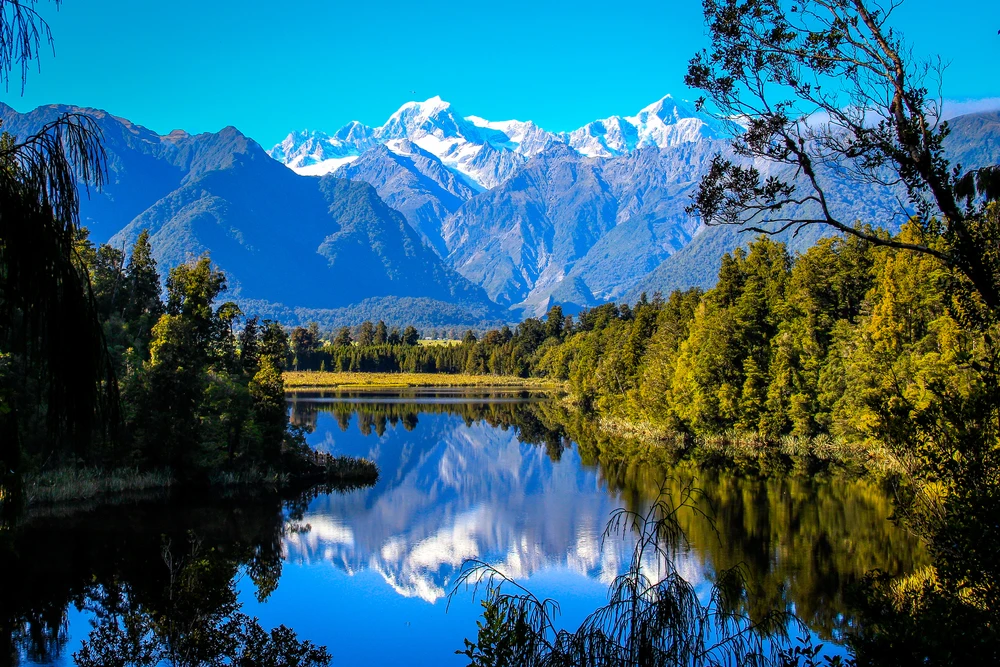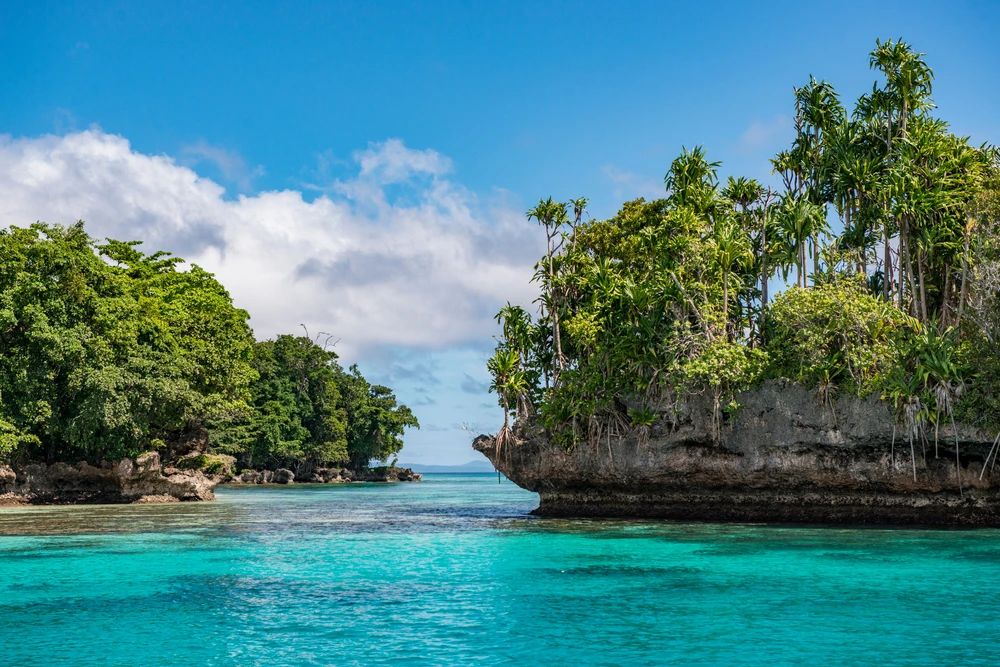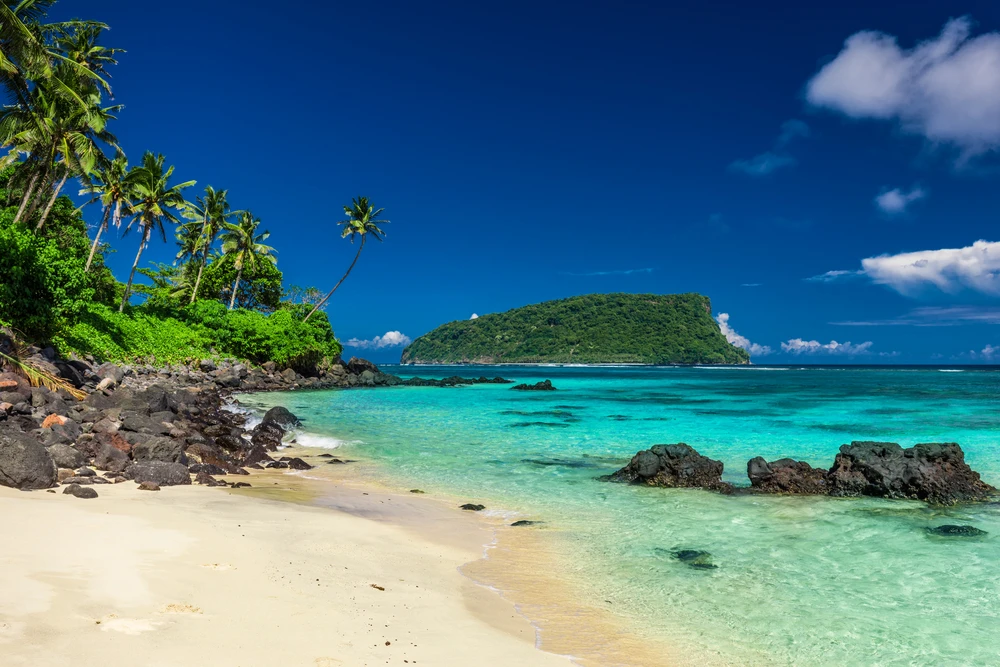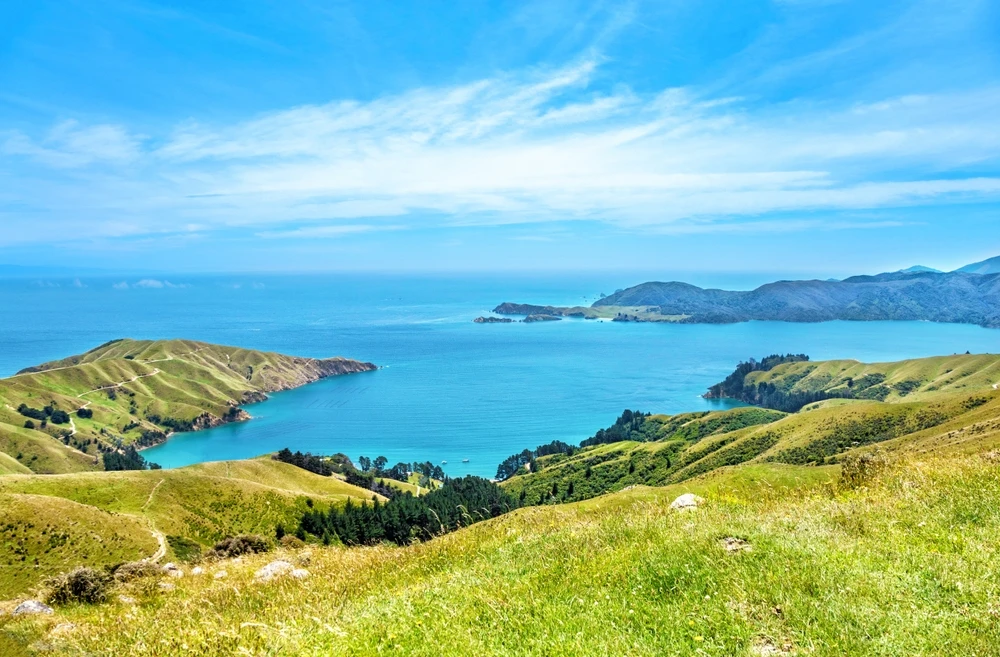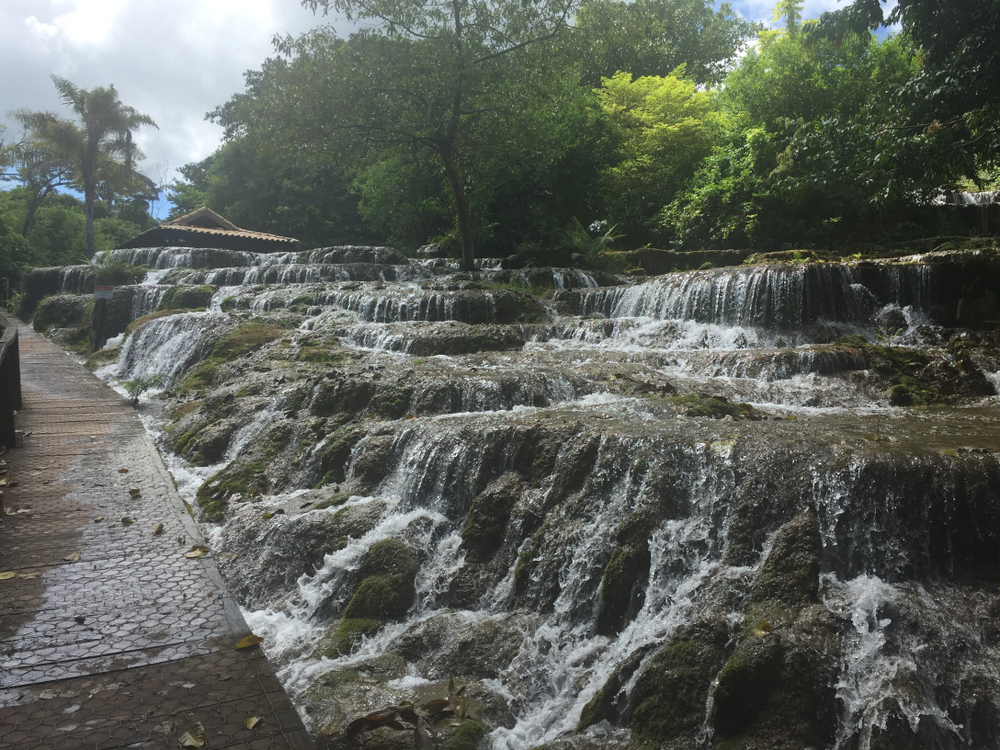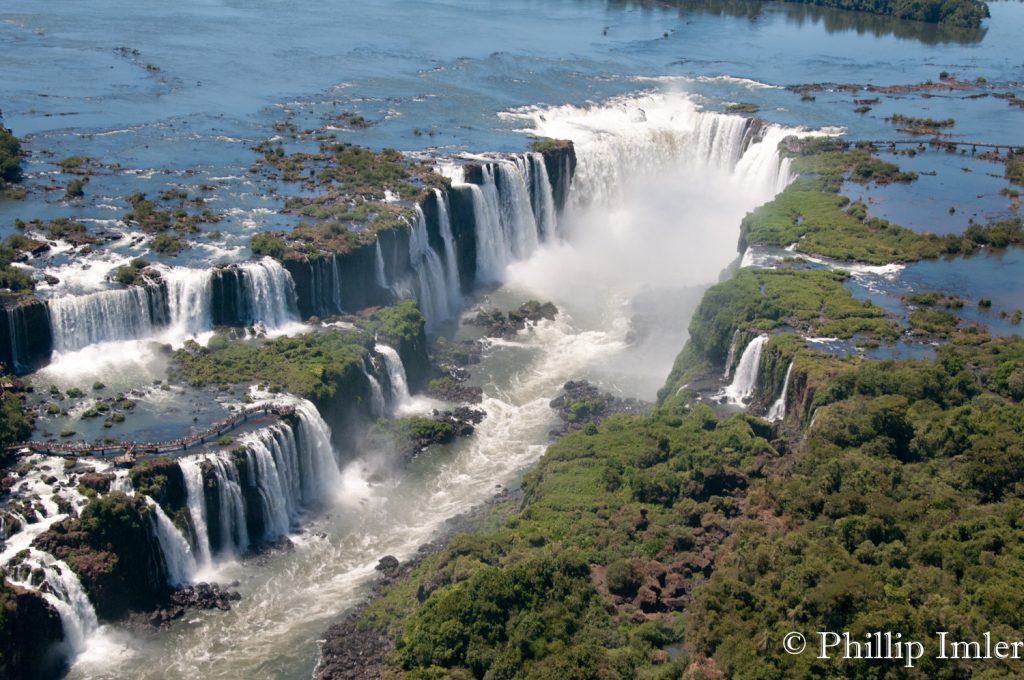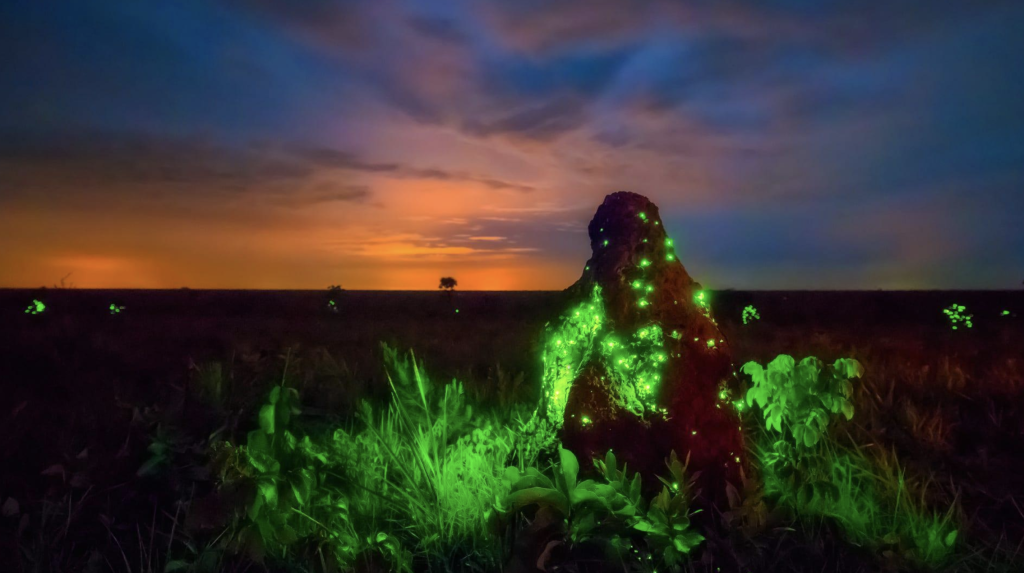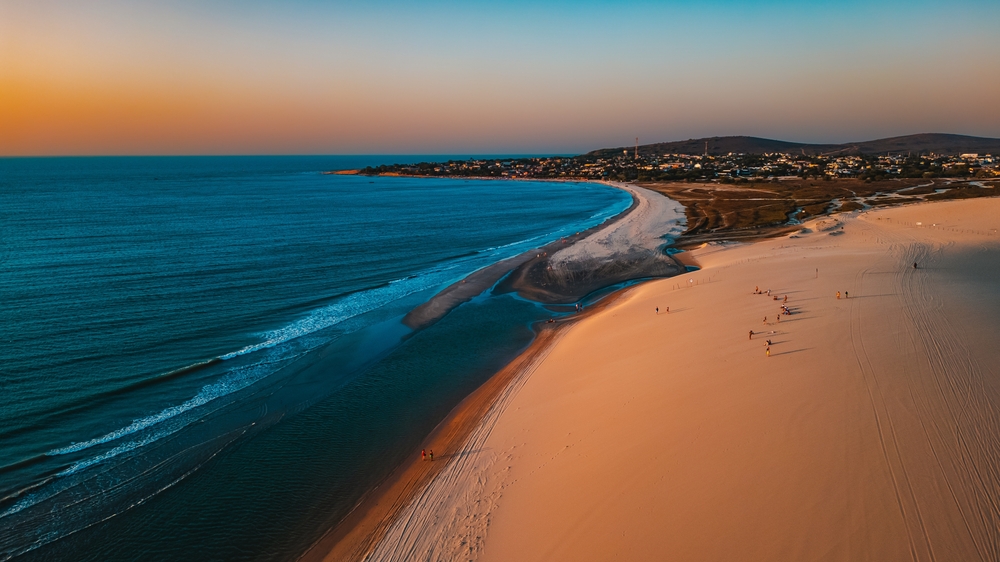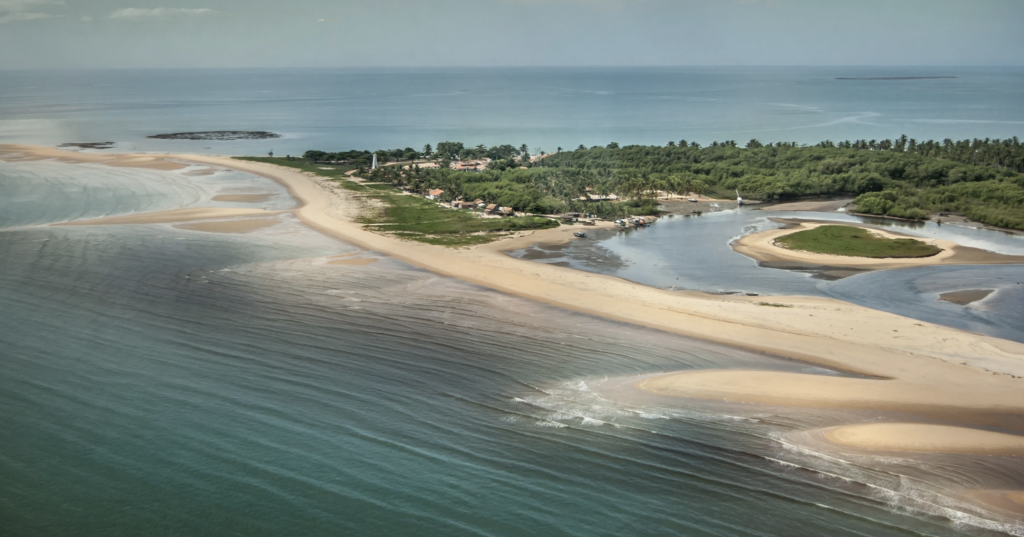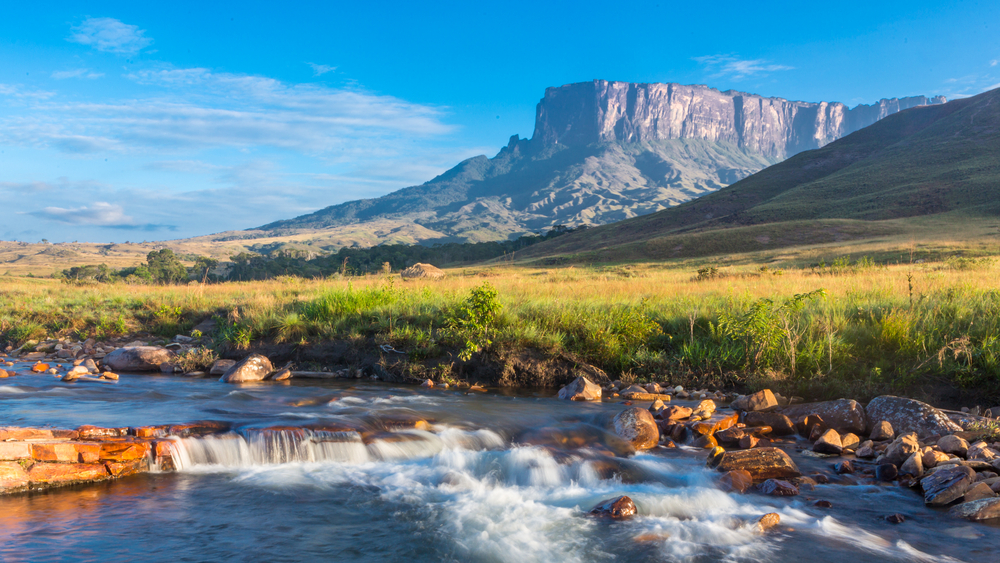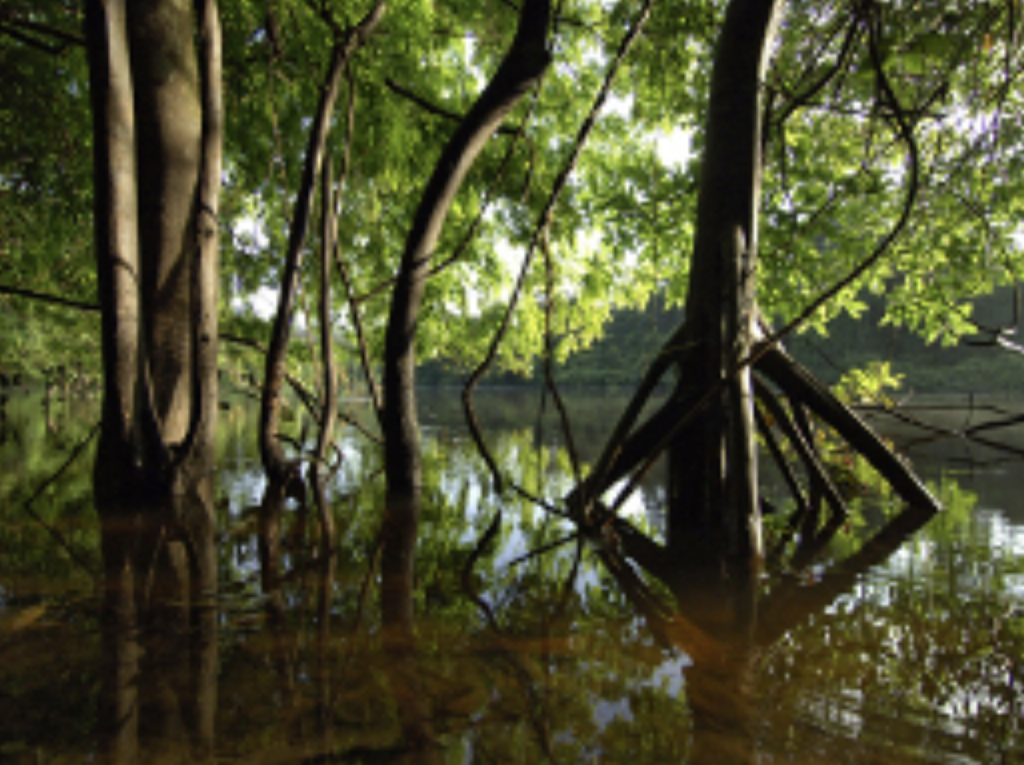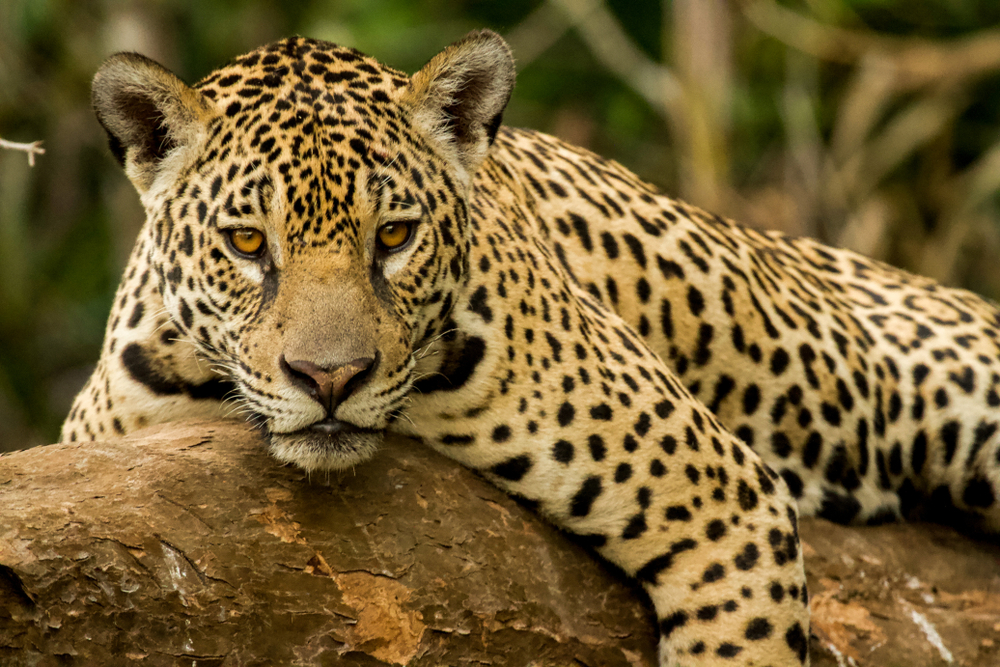Serra da Bodoquena Overview
Serra da Bodoquena National Park, known locally as Parque Nacional da Serra da Bodoquena, is a protected area in the state of Mato Grosso do Sul, Brazil.
Encompassing approximately 770 square miles (2,000 square kilometers), the park is situated in the southwestern part of the country near the Pantanal, one of the world’s largest tropical wetlands. Established in 2000, the park is known for its karst landscape, rich biodiversity, and pristine freshwater systems.
The park’s terrain consists of limestone plateaus, deep valleys, and numerous caves, many of which contain underground rivers and impressive stalactite formations. Waterfalls, such as Cachoeira Boca da Onça, and crystal-clear streams are common features, creating an environment that is both dramatic and ecologically rich. The park’s extensive riparian forests and transitional ecosystems support an array of plant species, including native orchids, bromeliads, and towering hardwood trees.
Serra da Bodoquena is home to diverse wildlife, reflecting the mix of biomes present in the park, including elements of the Cerrado, Atlantic Forest, and Pantanal. Visitors may encounter large mammals such as jaguars, ocelots, giant anteaters, and tapirs. Capuchin and howler monkeys move through the forest canopy, while armadillos and peccaries roam the forest floor.
Birdwatchers are drawn to the park due to the presence of species like the toco toucan, harpy eagle, and the vibrant blue-and-yellow macaw. The freshwater systems support a wealth of aquatic life, including endemic fish species, river otters, and caimans. Many of the park’s rivers are so clear that visitors can easily observe fish and other aquatic creatures beneath the water’s surface.
One of the park’s most popular attractions is its network of caves and waterfalls, drawing visitors interested in adventure tourism. Snorkeling and scuba diving in the natural pools and rivers, such as the Rio Salobra and Rio Perdido, offer unparalleled views of underwater ecosystems.
The limestone caves, such as Gruta do Lago Azul, feature stunning blue pools and fascinating rock formations. The park also offers excellent hiking opportunities, with trails leading through dense forests, past waterfalls, and to scenic overlooks.
Many of these trails provide access to breathtaking viewpoints where visitors can take in the expanse of the surrounding landscape. Guided tours are commonly recommended due to the delicate nature of the ecosystems and the importance of preserving the park’s biodiversity.
Conservation efforts in Serra da Bodoquena National Park focus on protecting its unique freshwater systems and the rich biodiversity of the region. Illegal deforestation and poaching have posed challenges, but increased enforcement and ecotourism initiatives have helped mitigate some of these threats.
Sustainable tourism practices, such as limiting the number of visitors to certain areas and promoting responsible wildlife observation, have been implemented to preserve the park’s natural beauty. Scientific research and conservation programs continue to study the region’s flora and fauna, contributing to greater awareness and protection efforts.
The park remains an essential area for conservation within Brazil, offering a refuge for threatened species and playing a crucial role in regional biodiversity.

